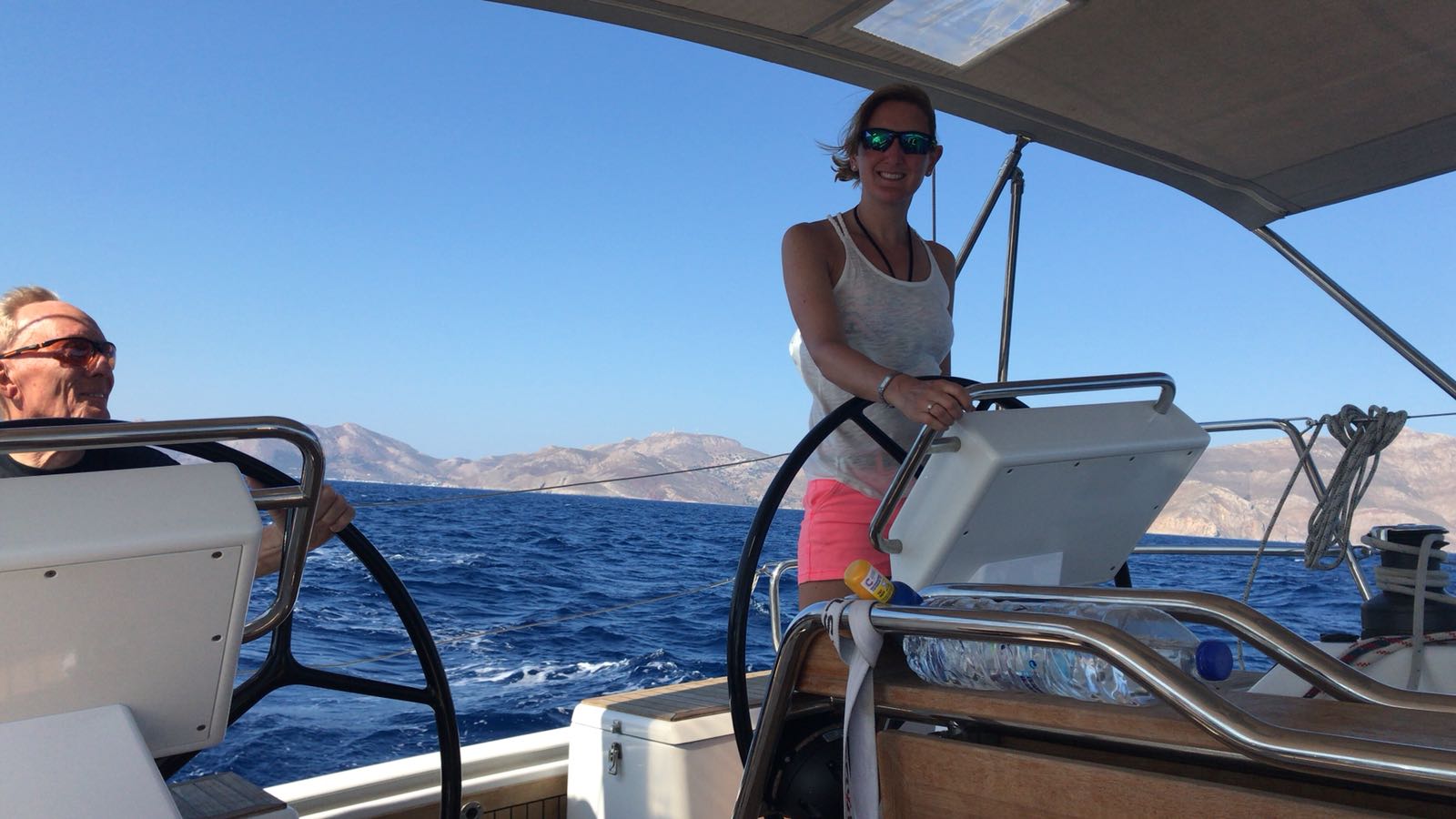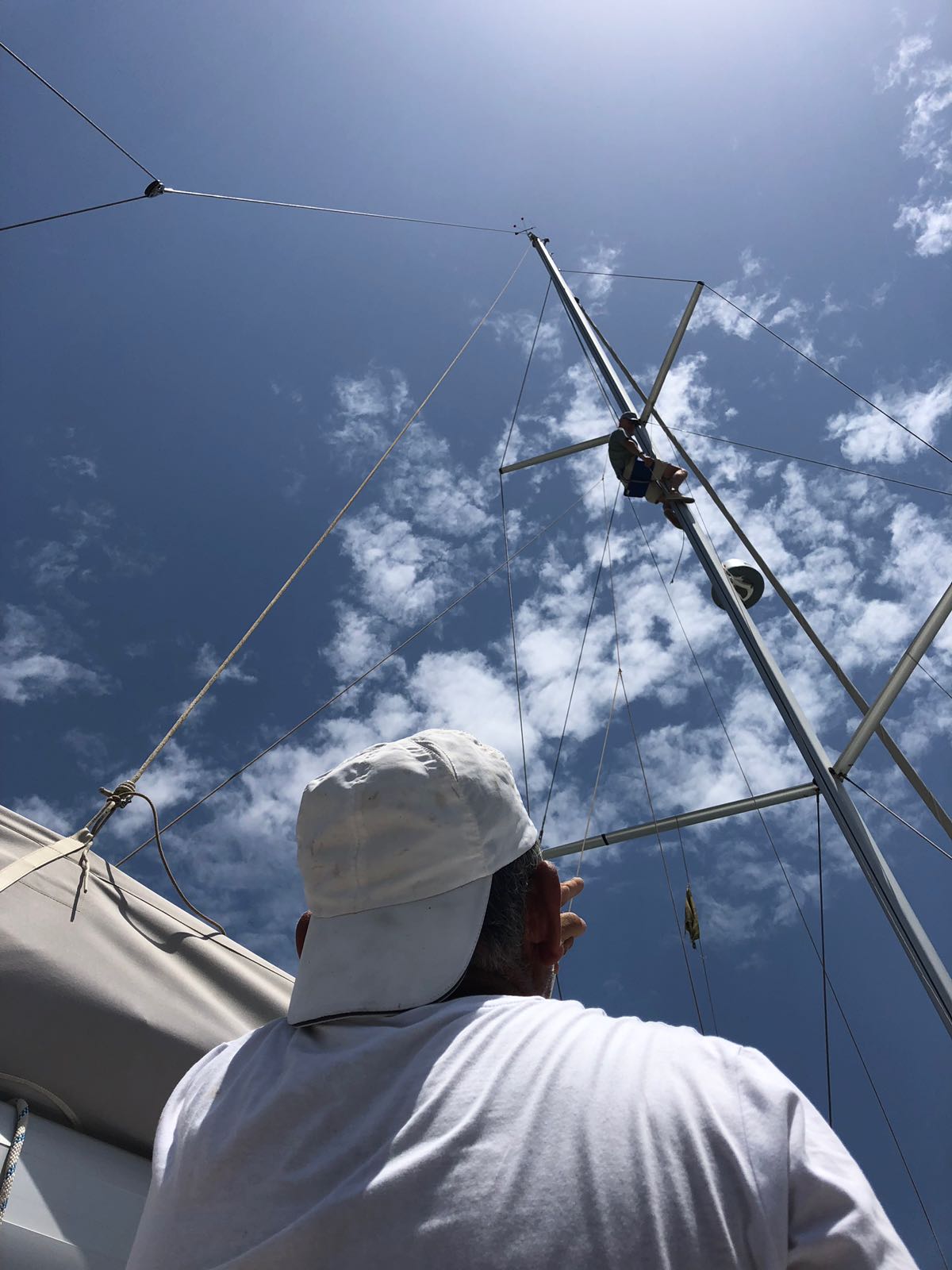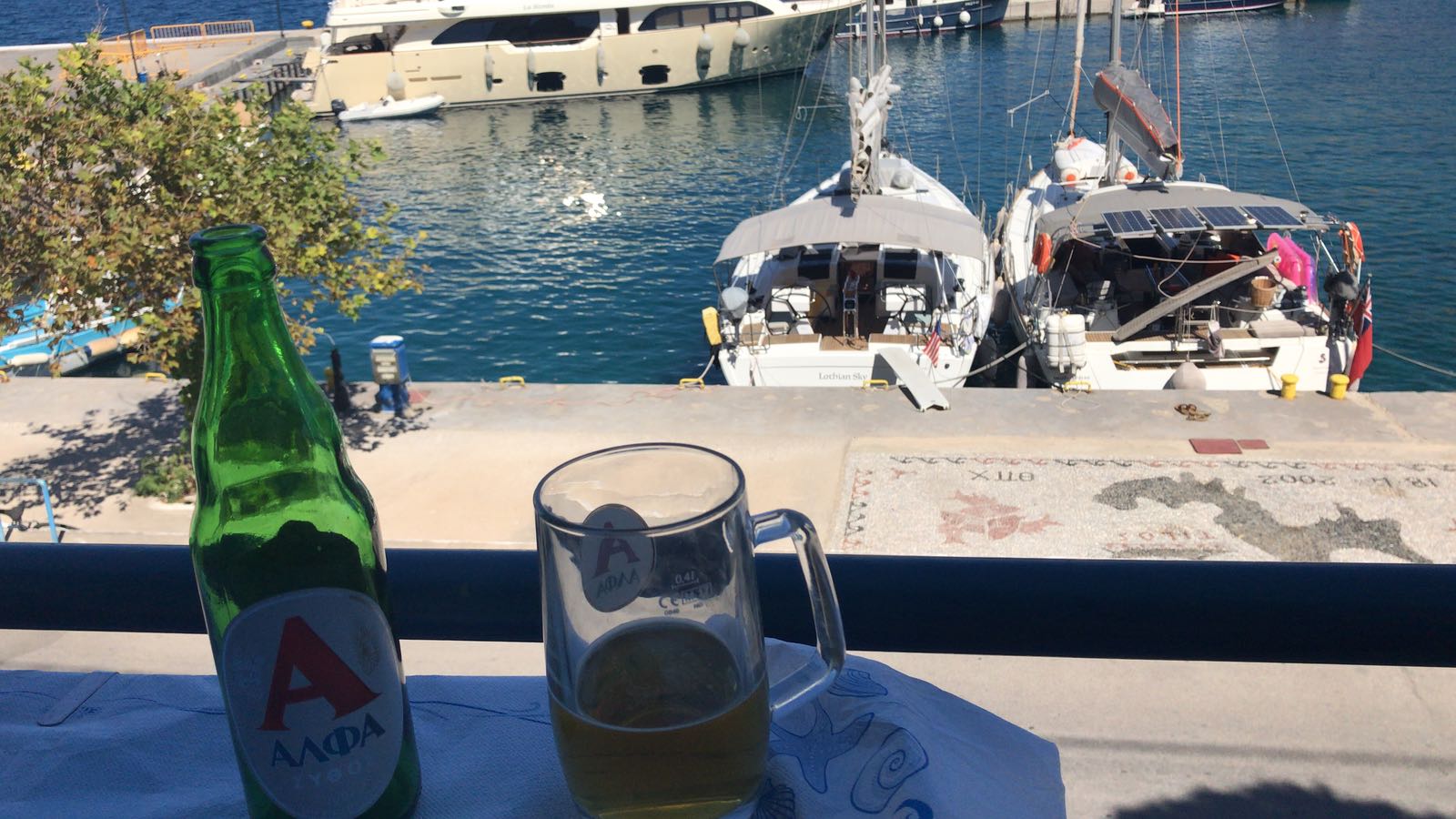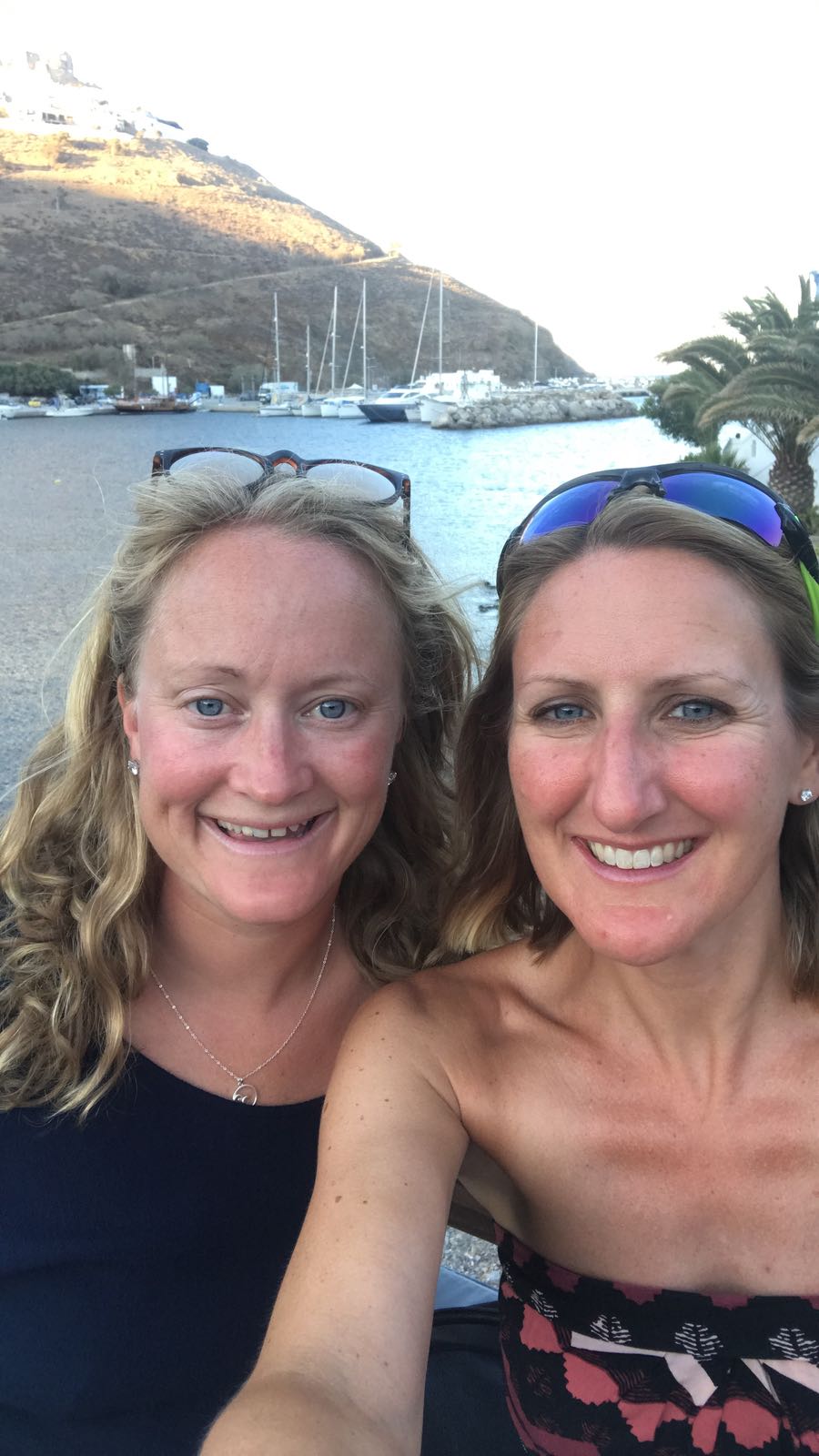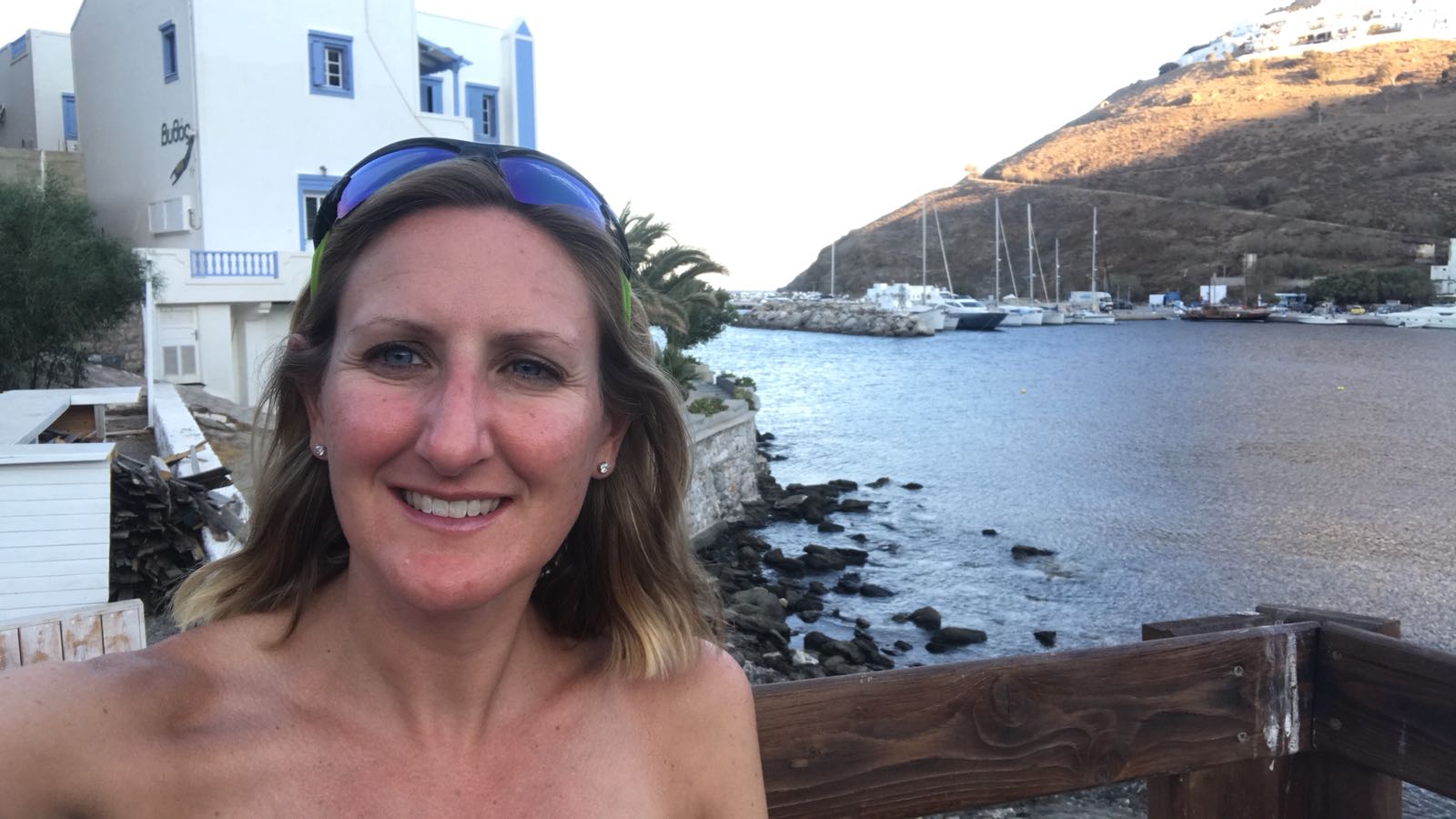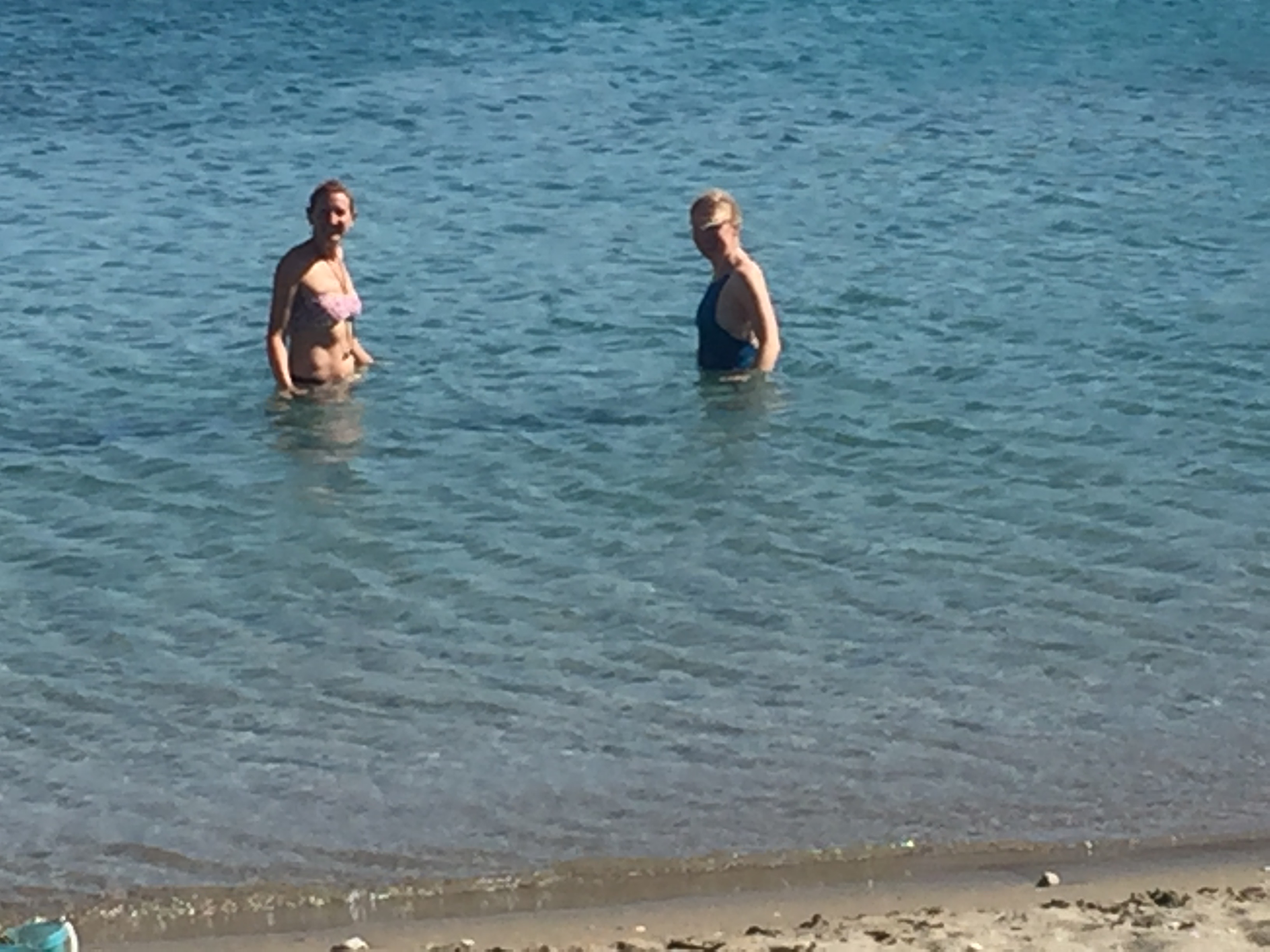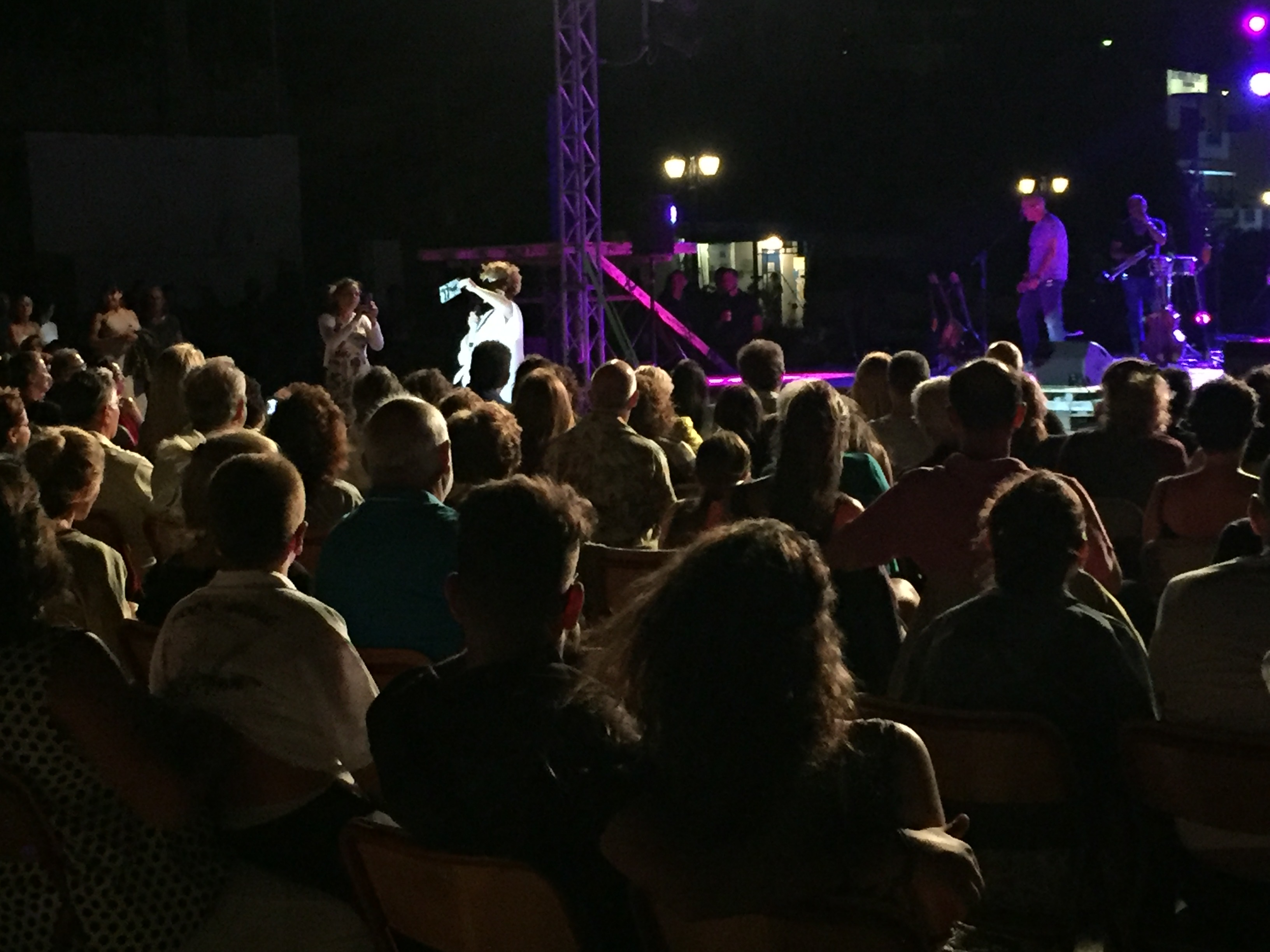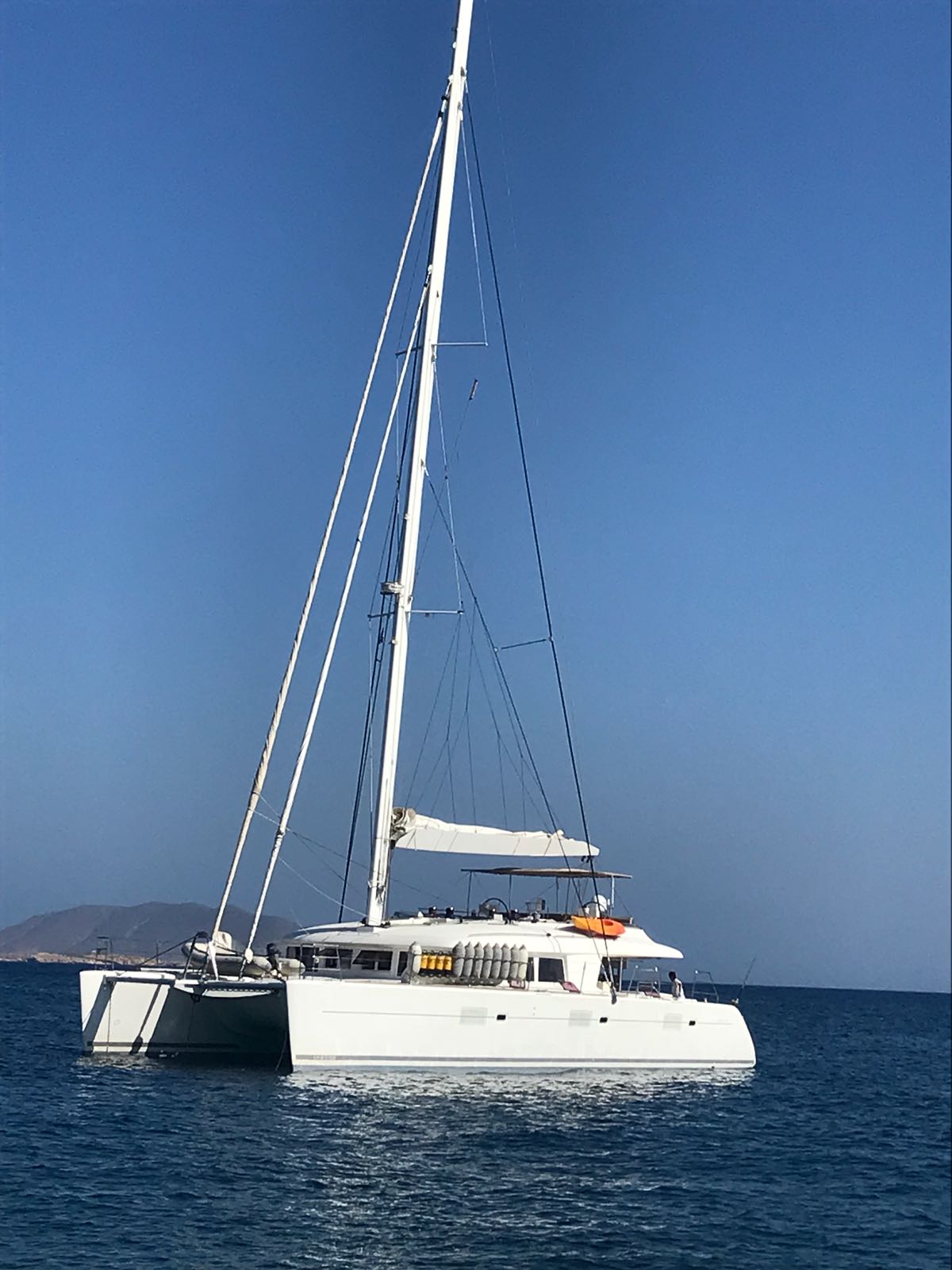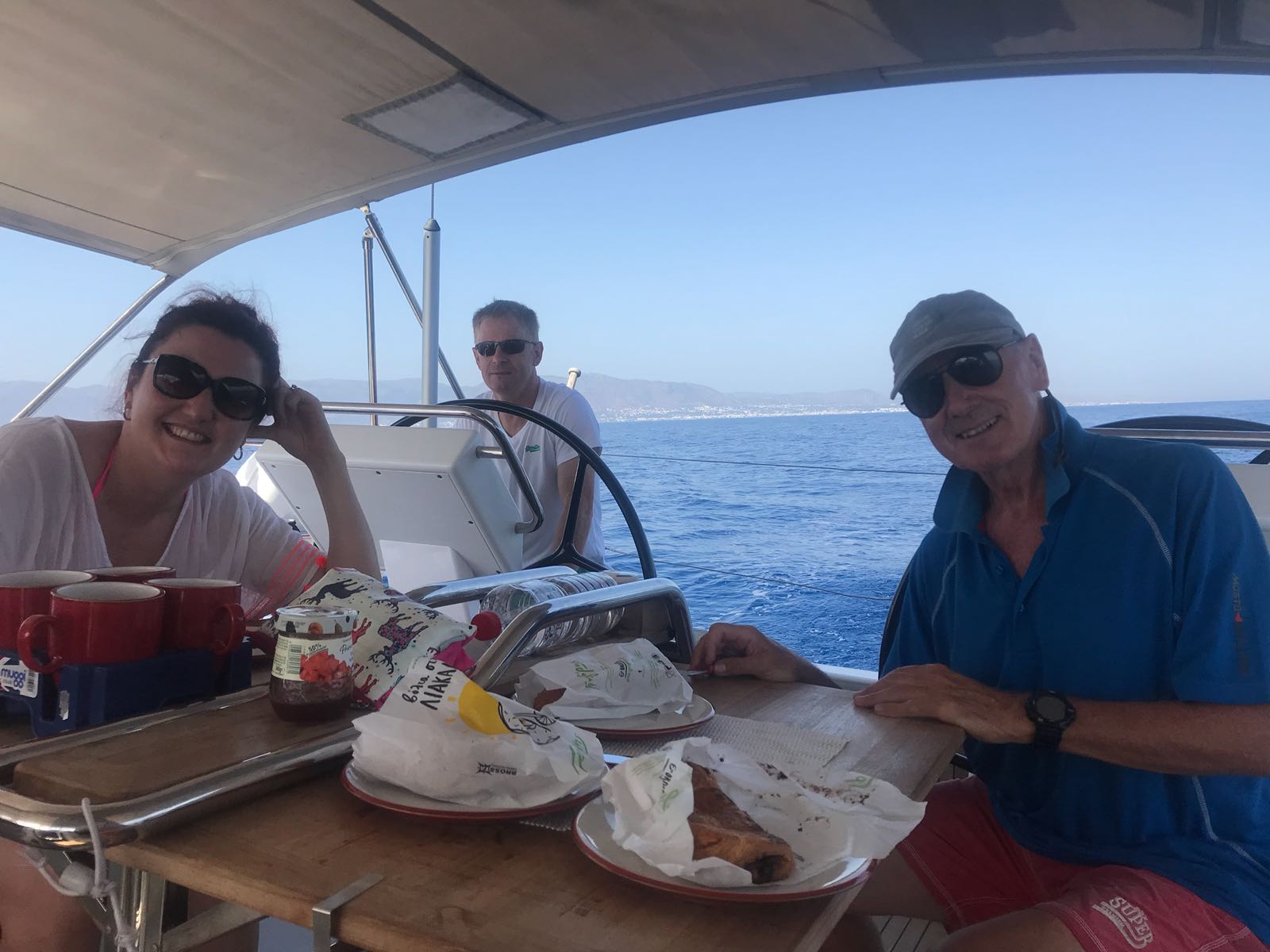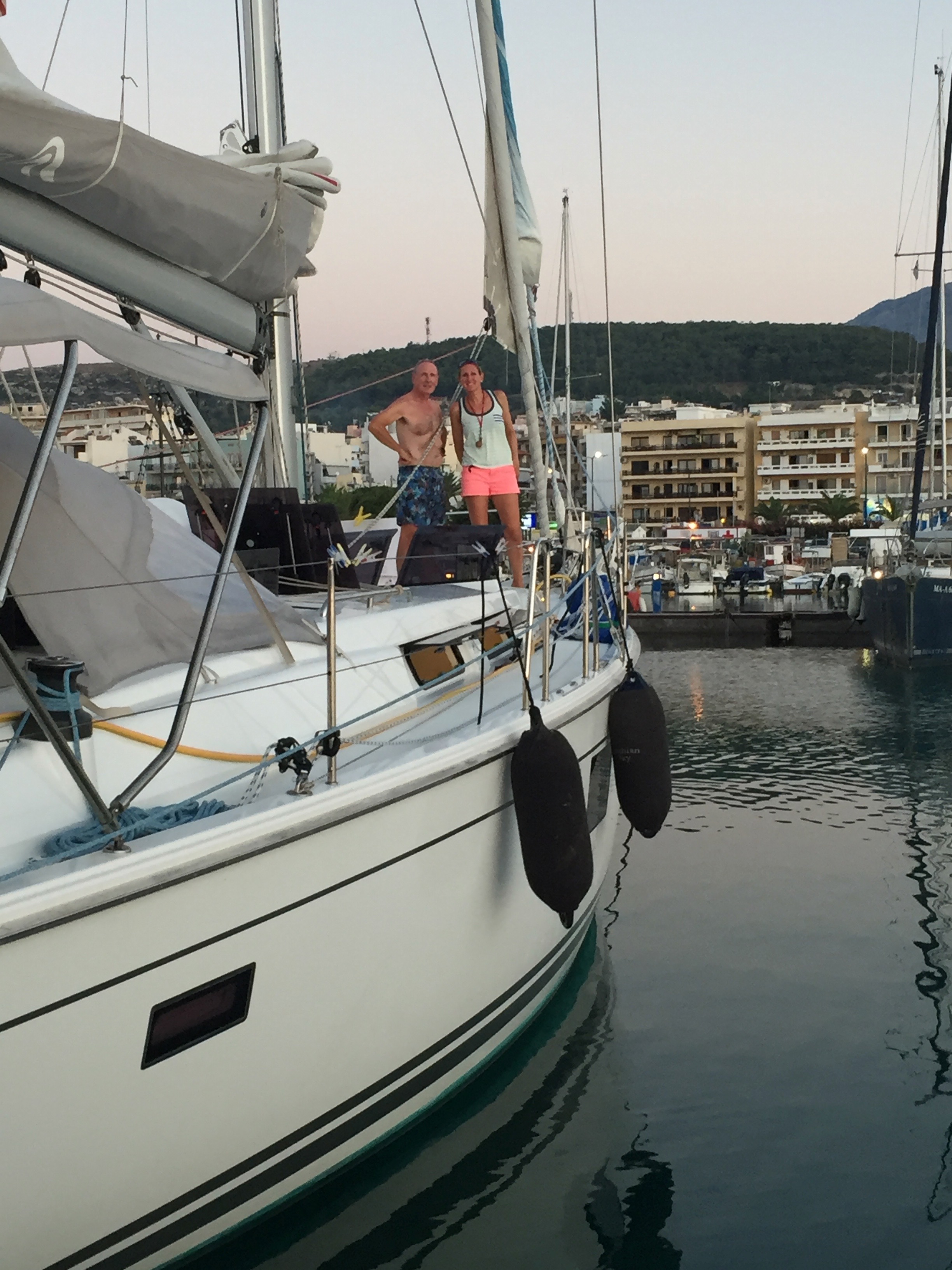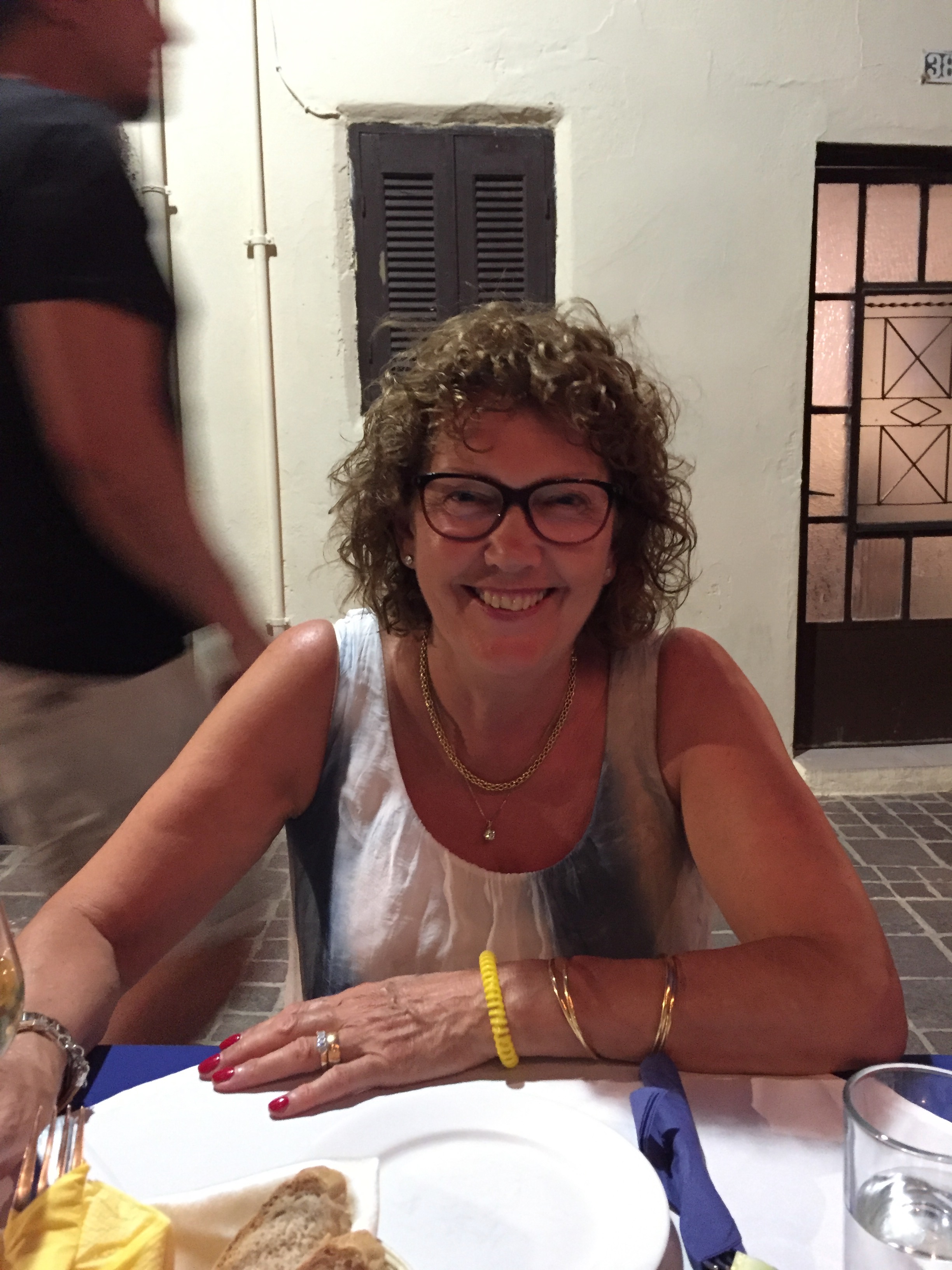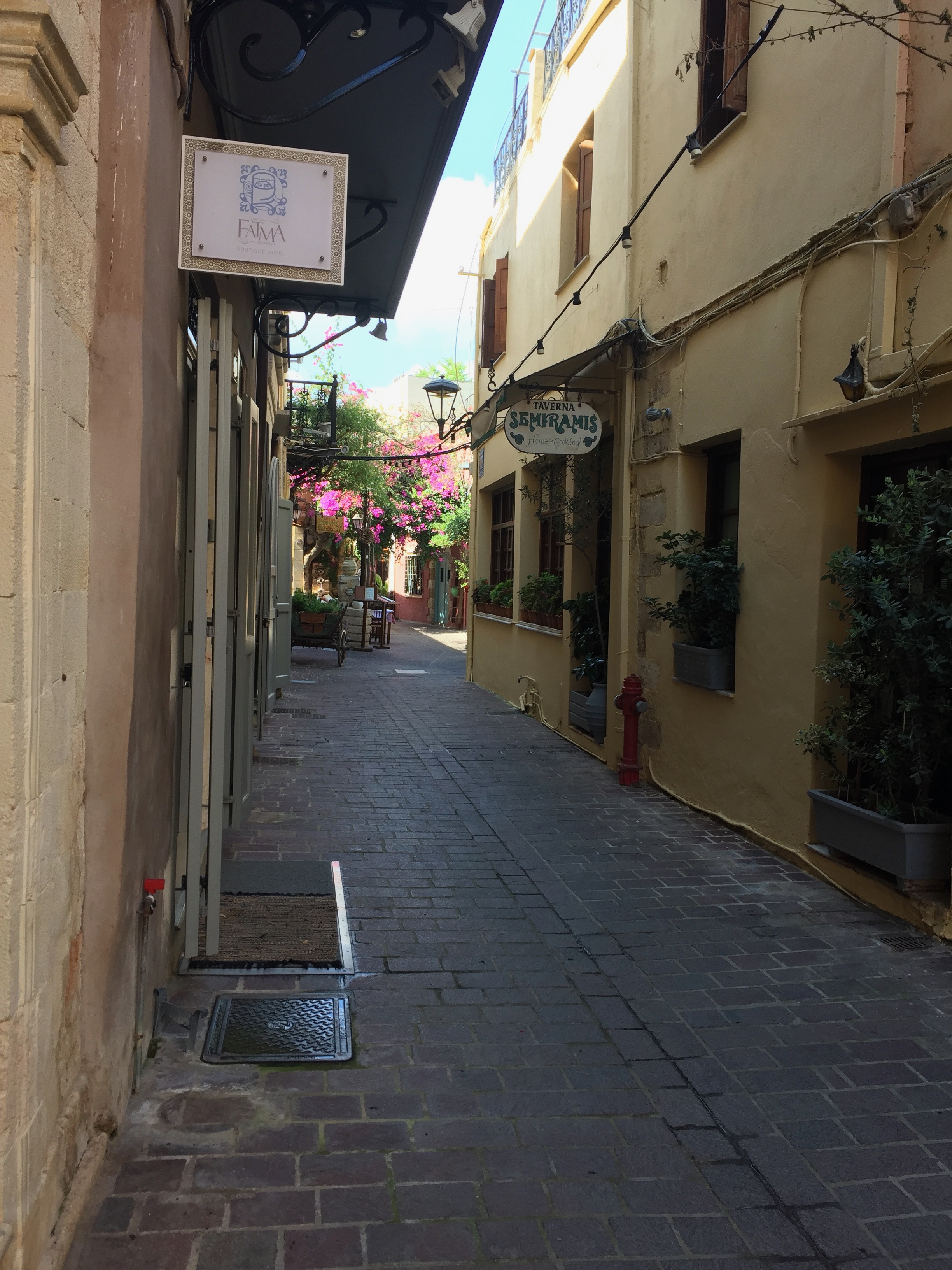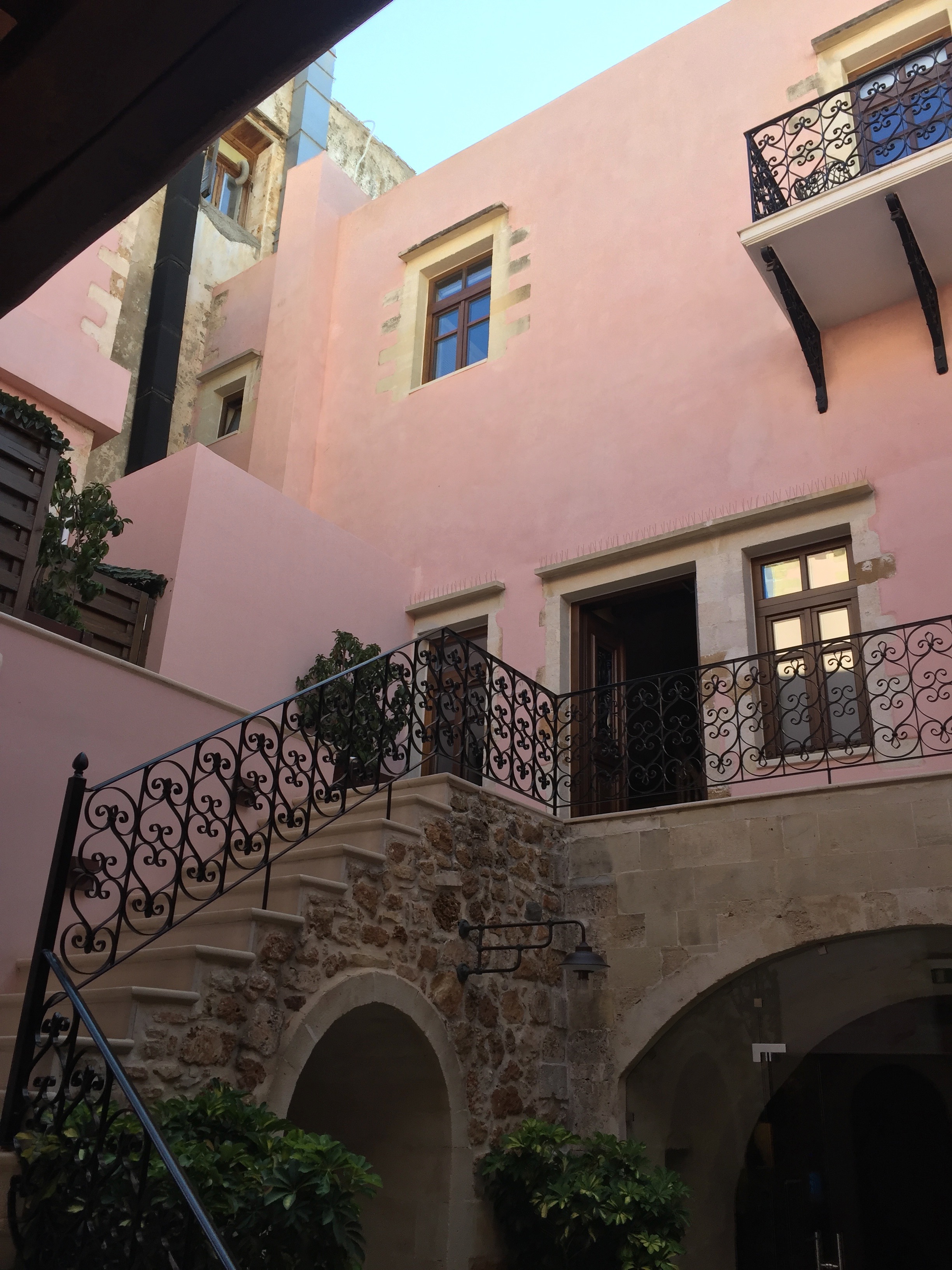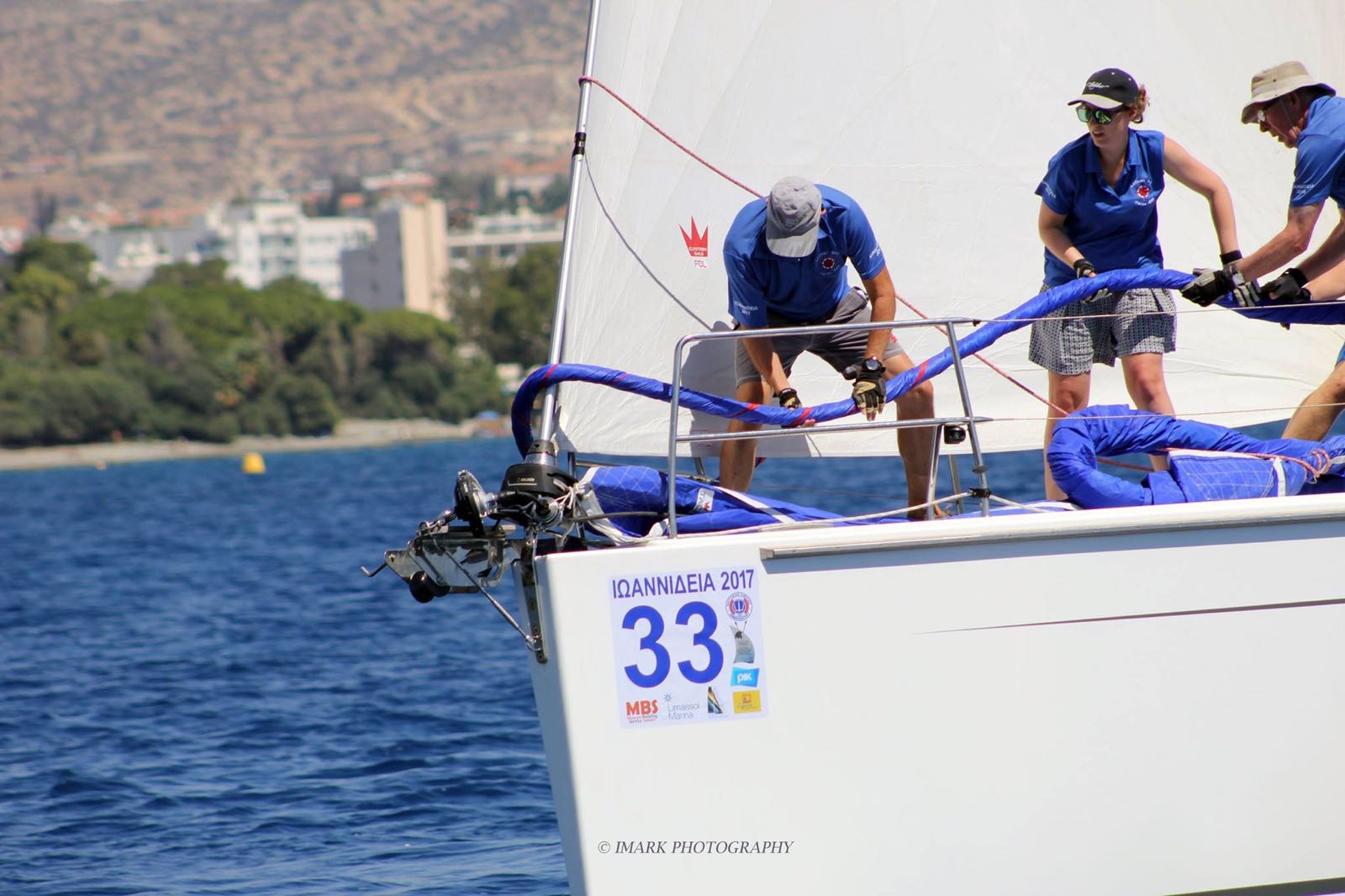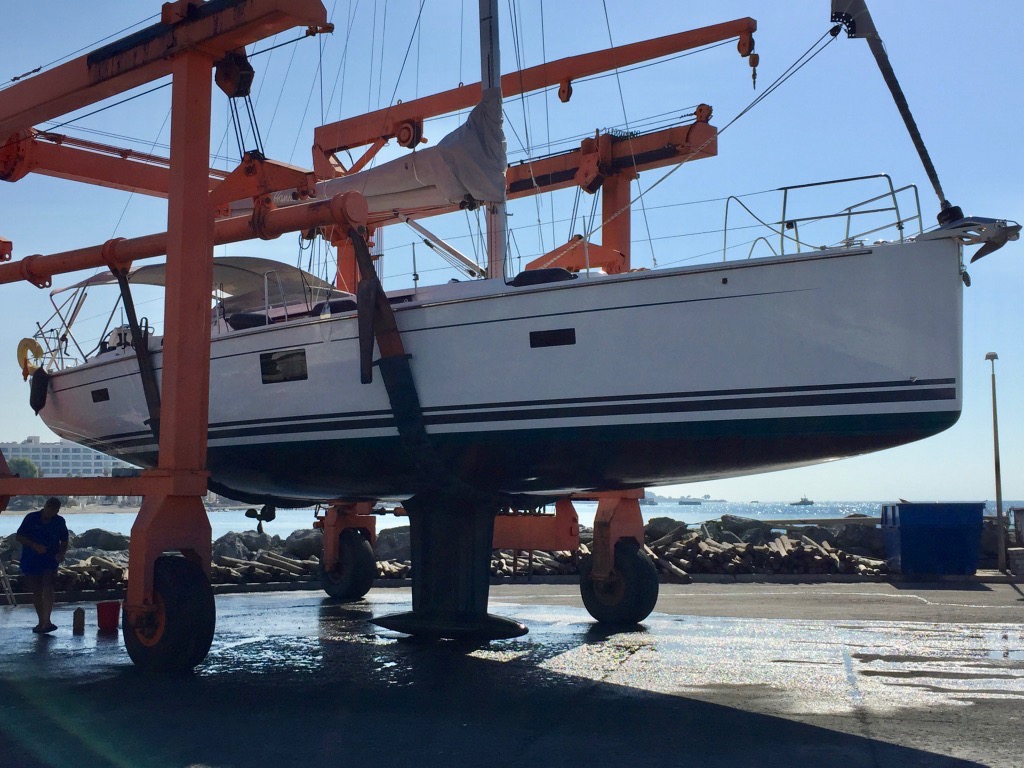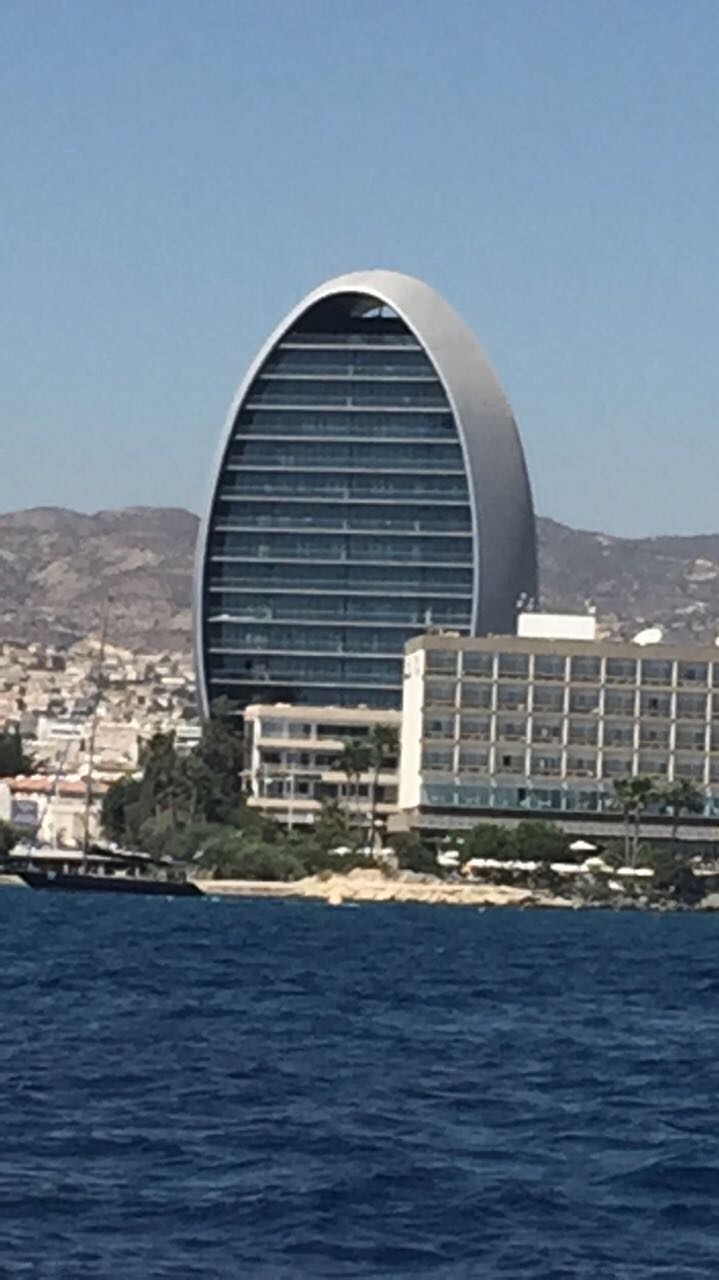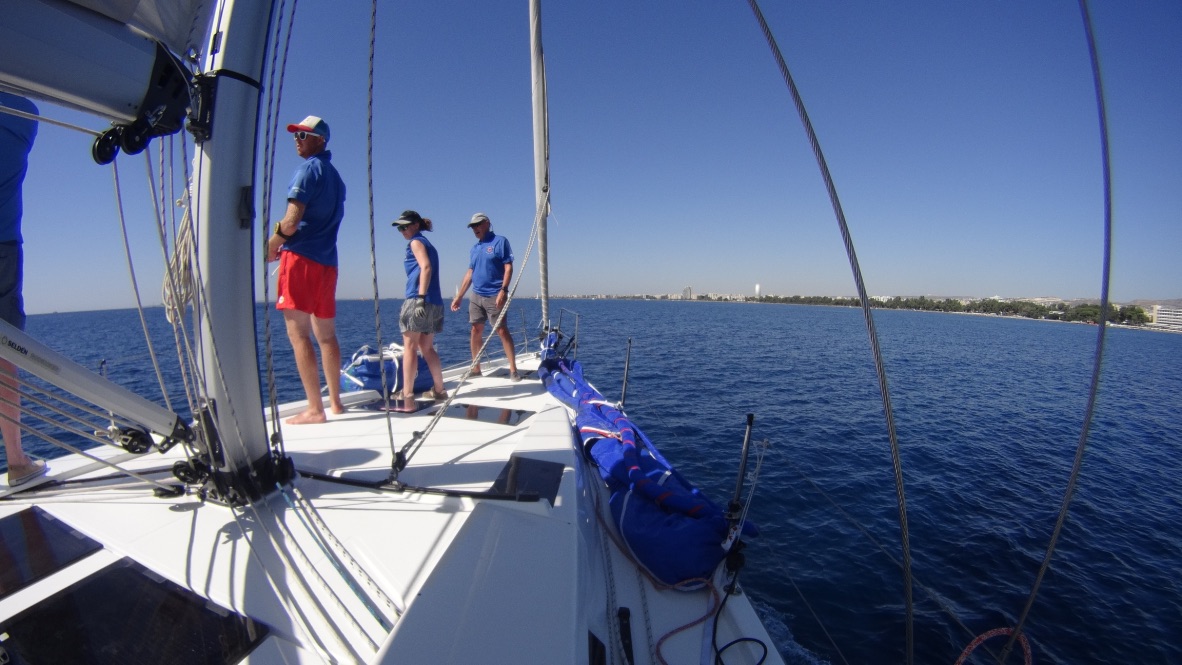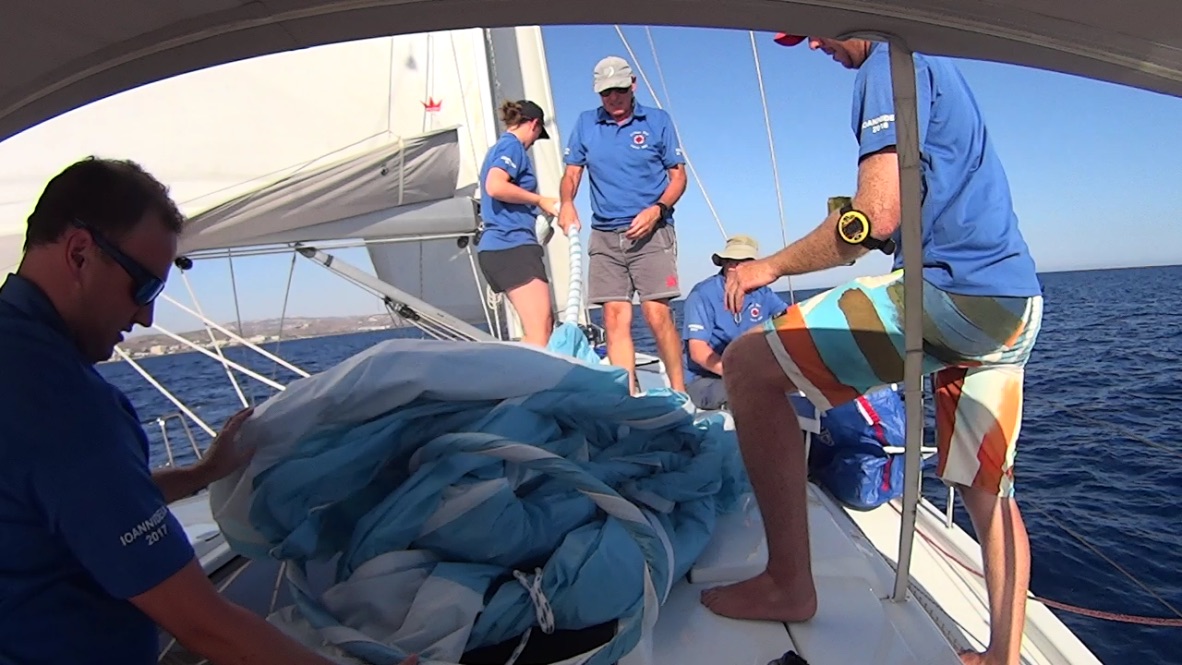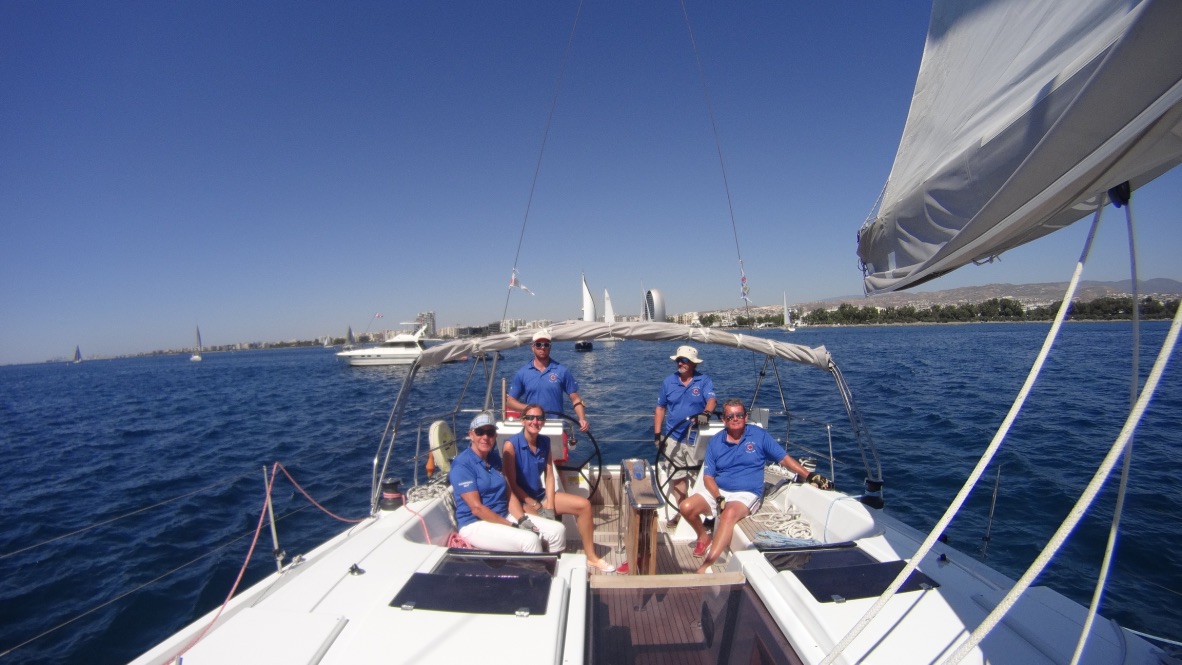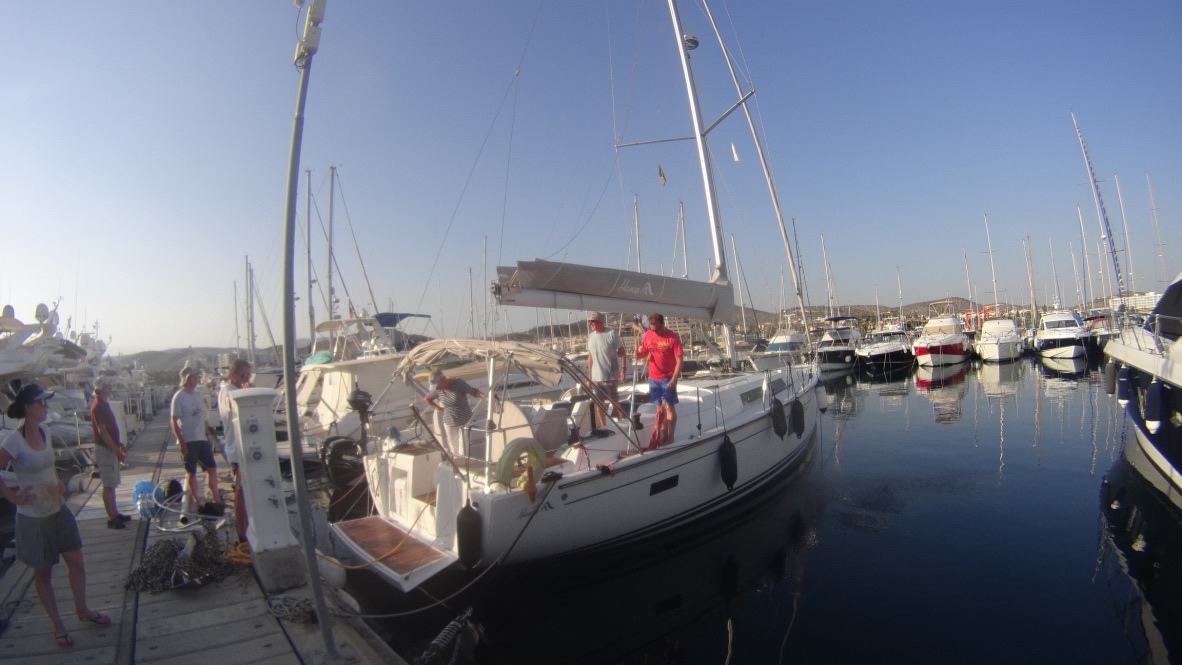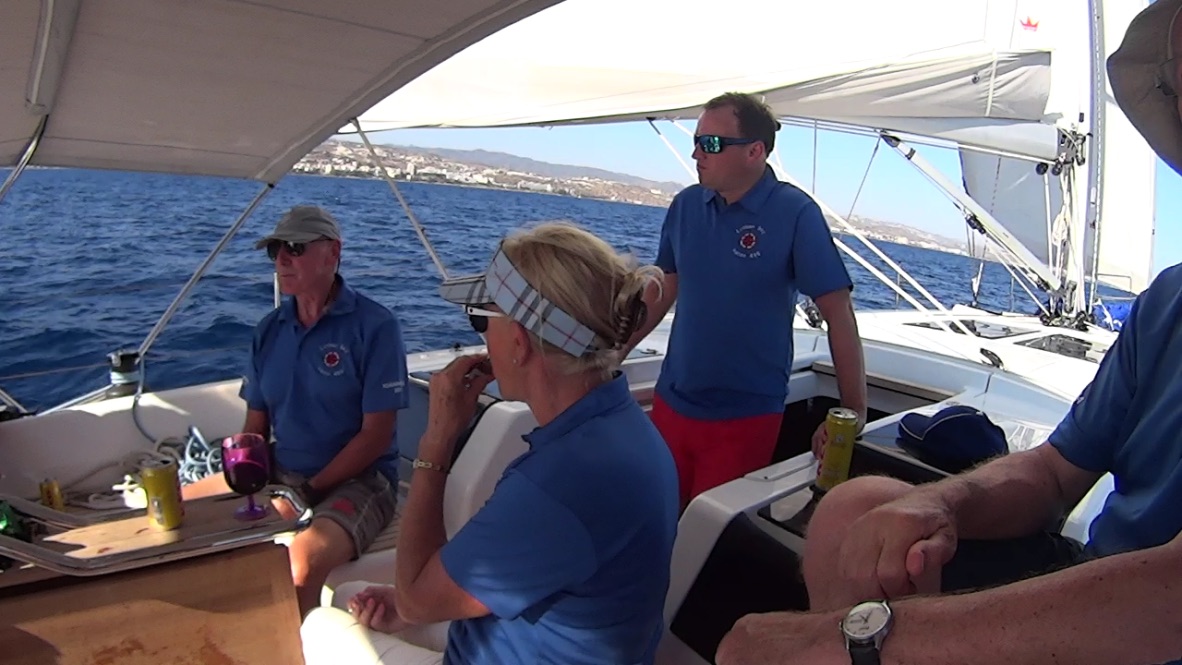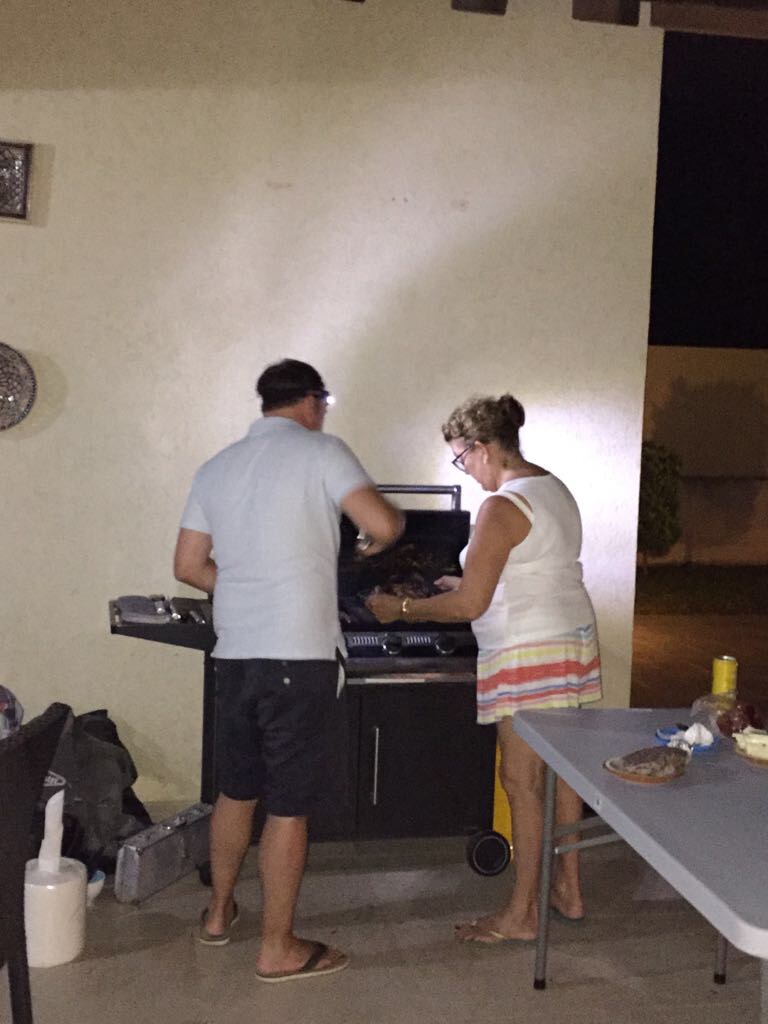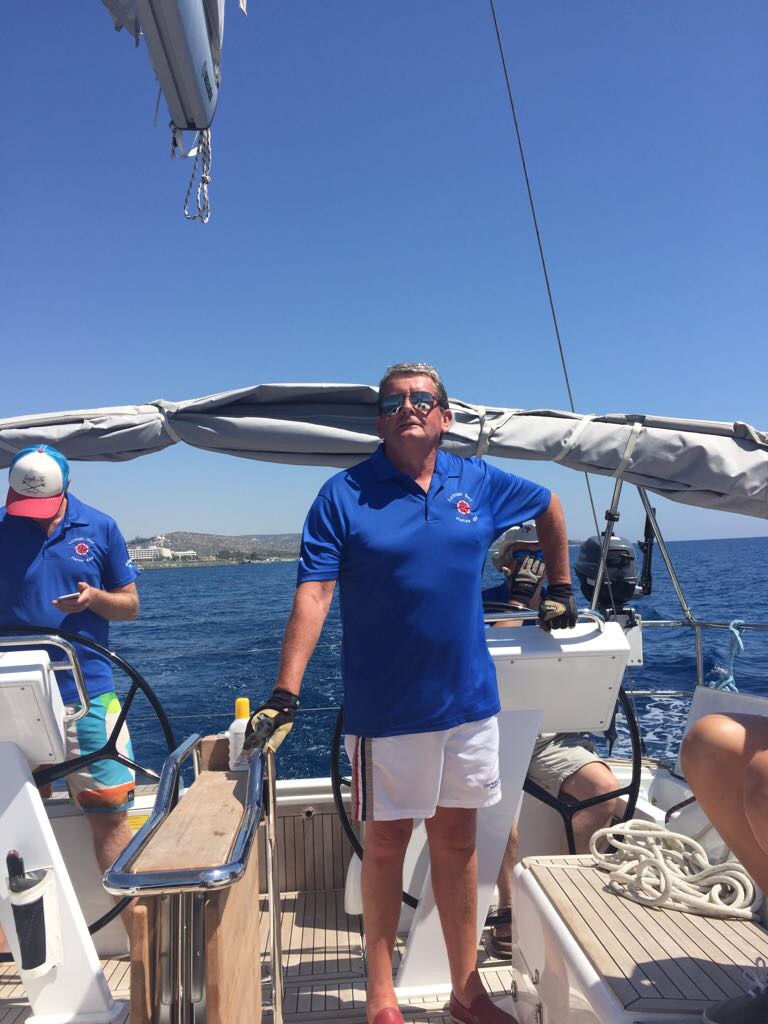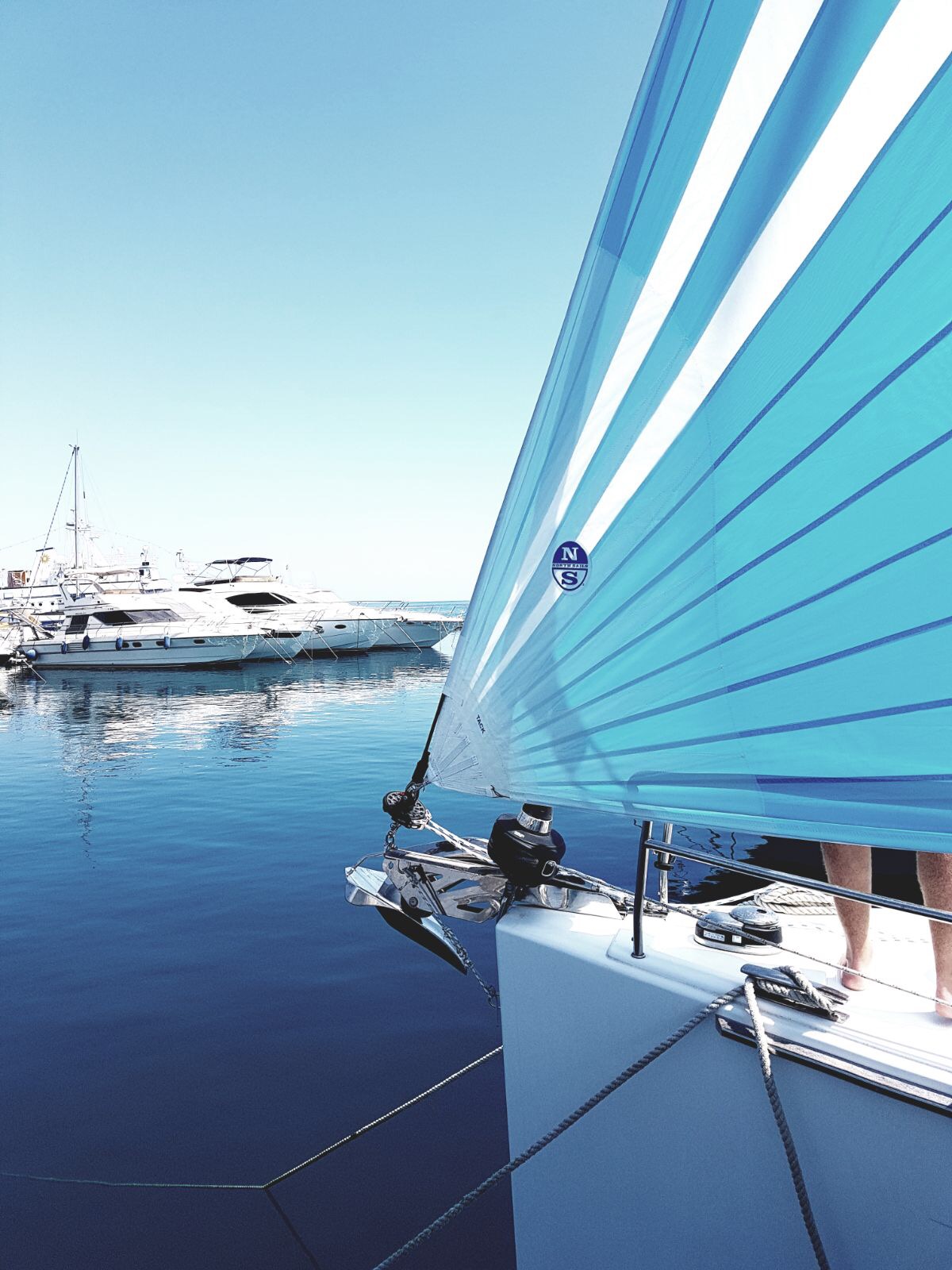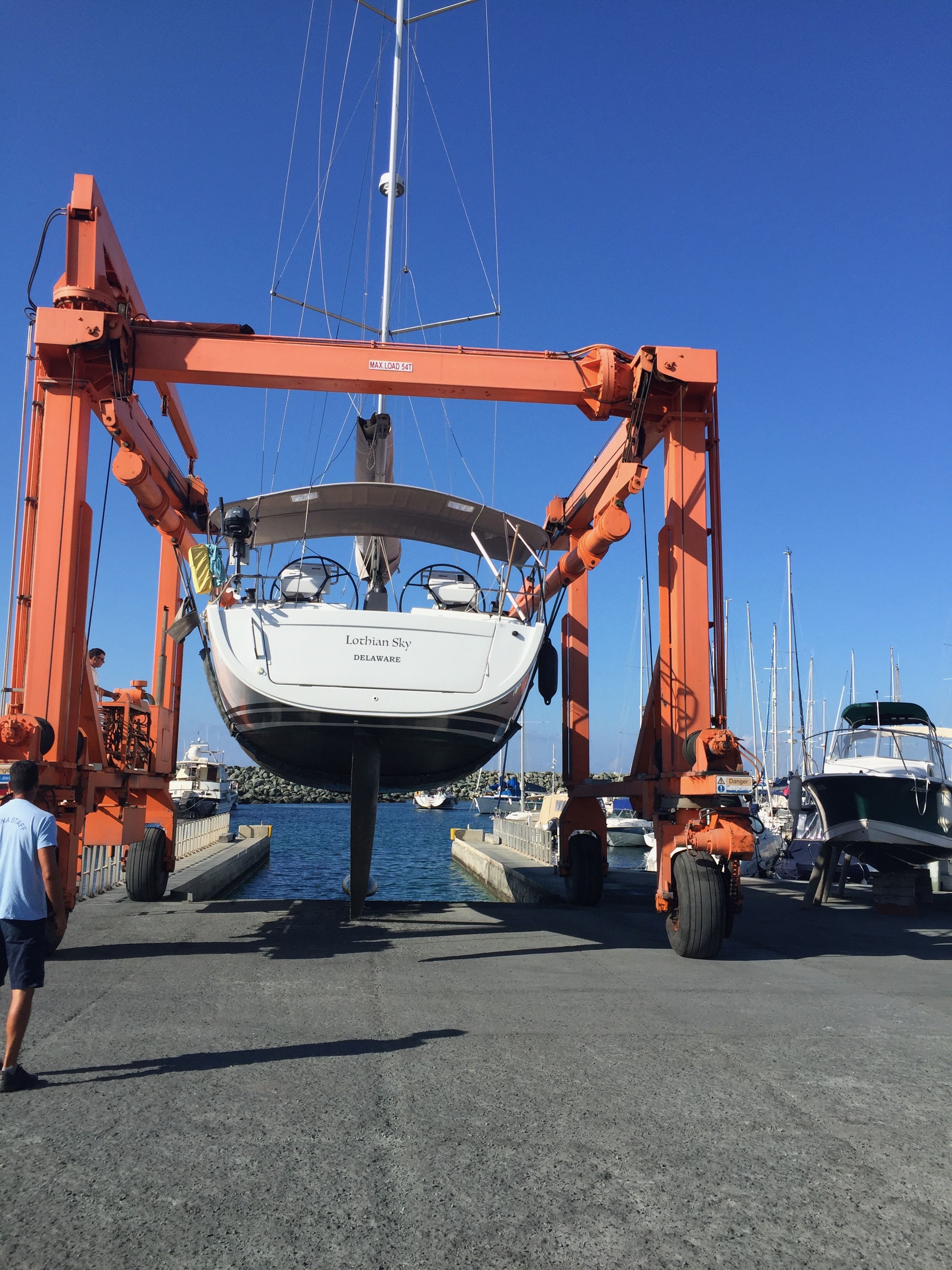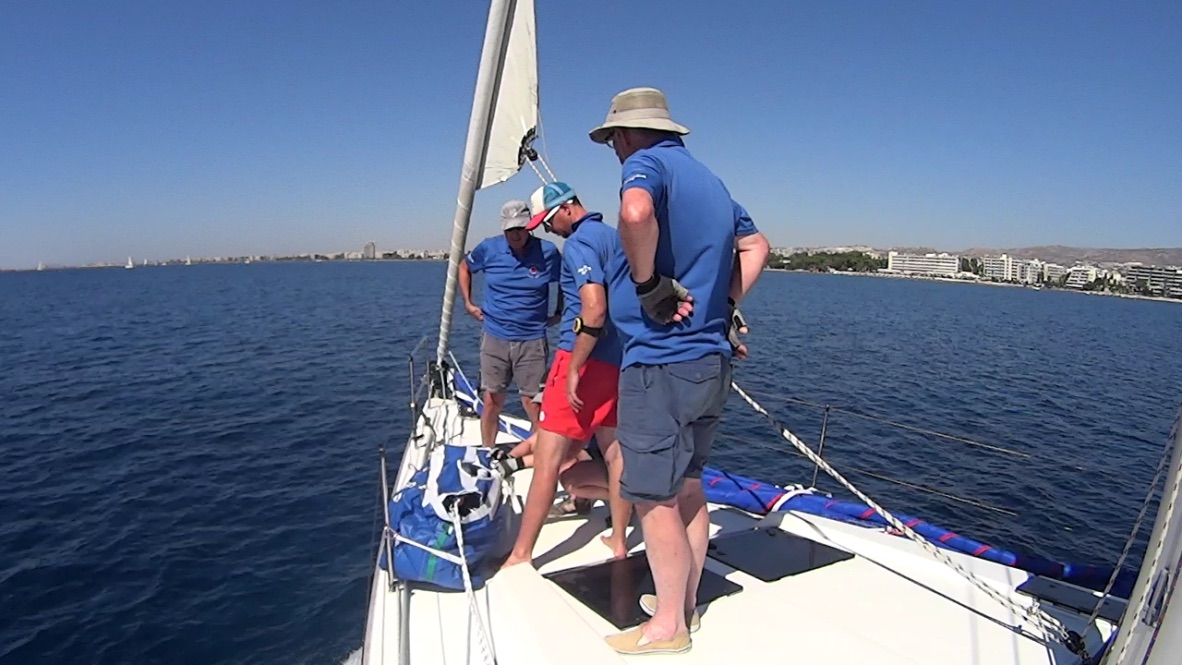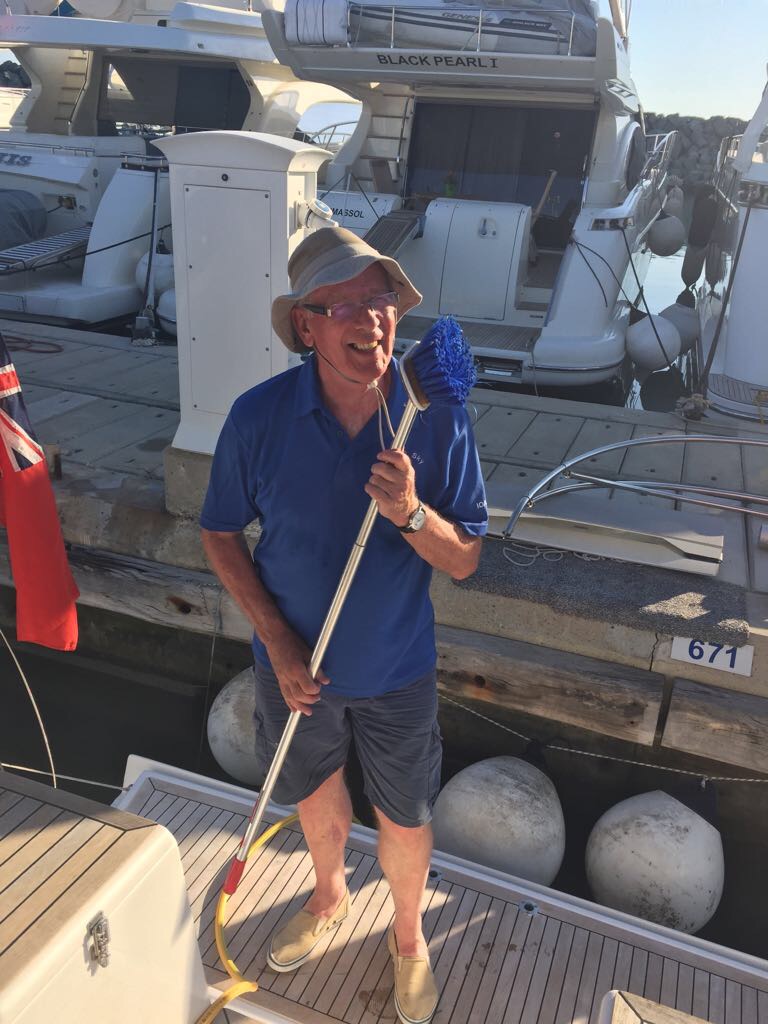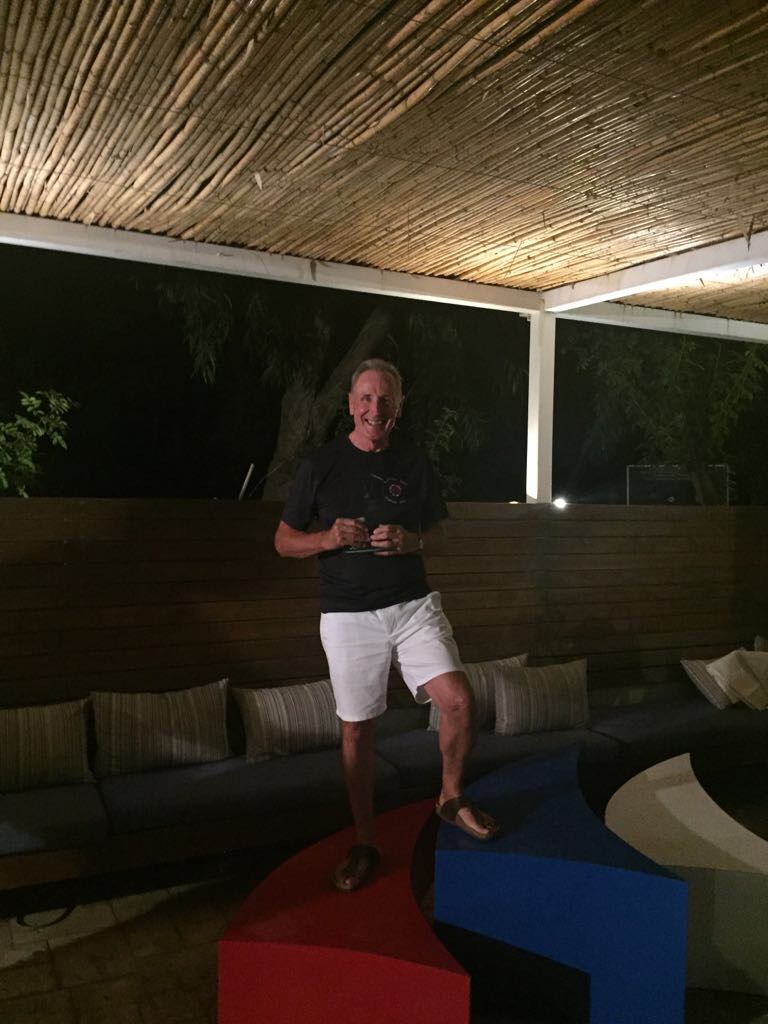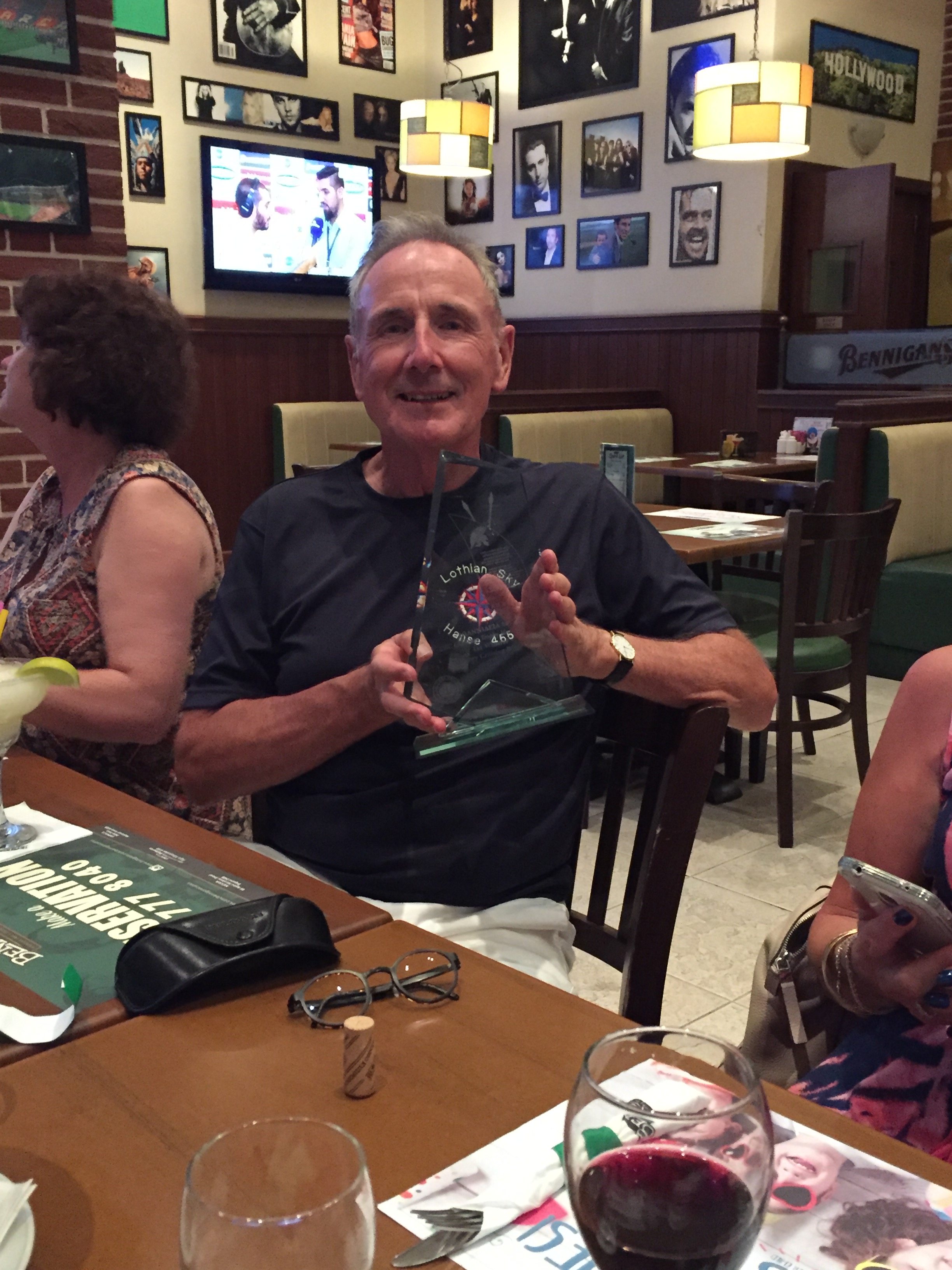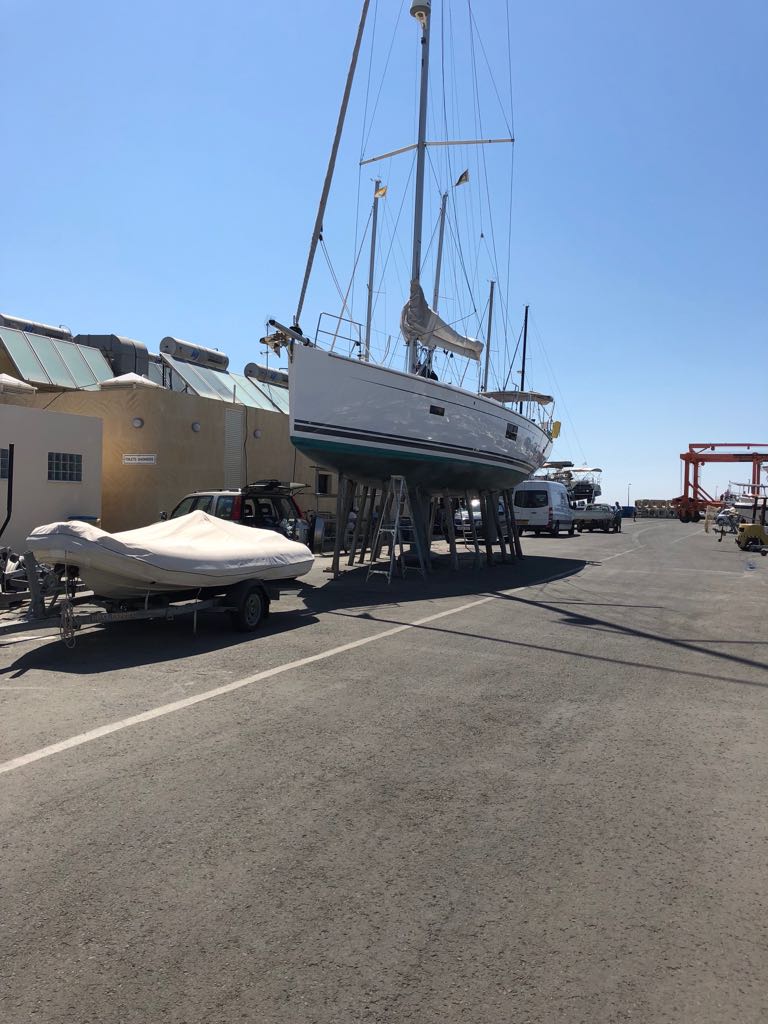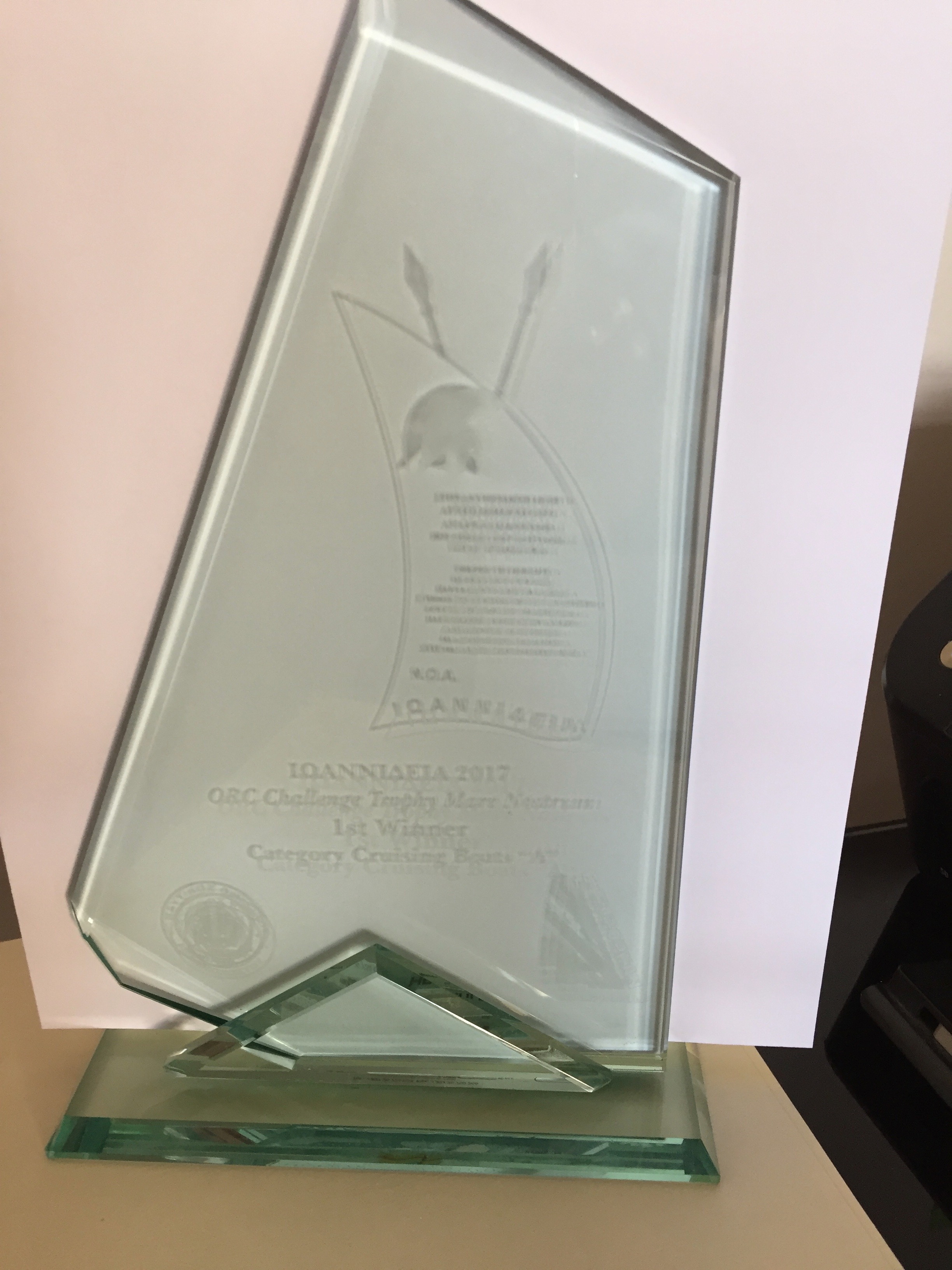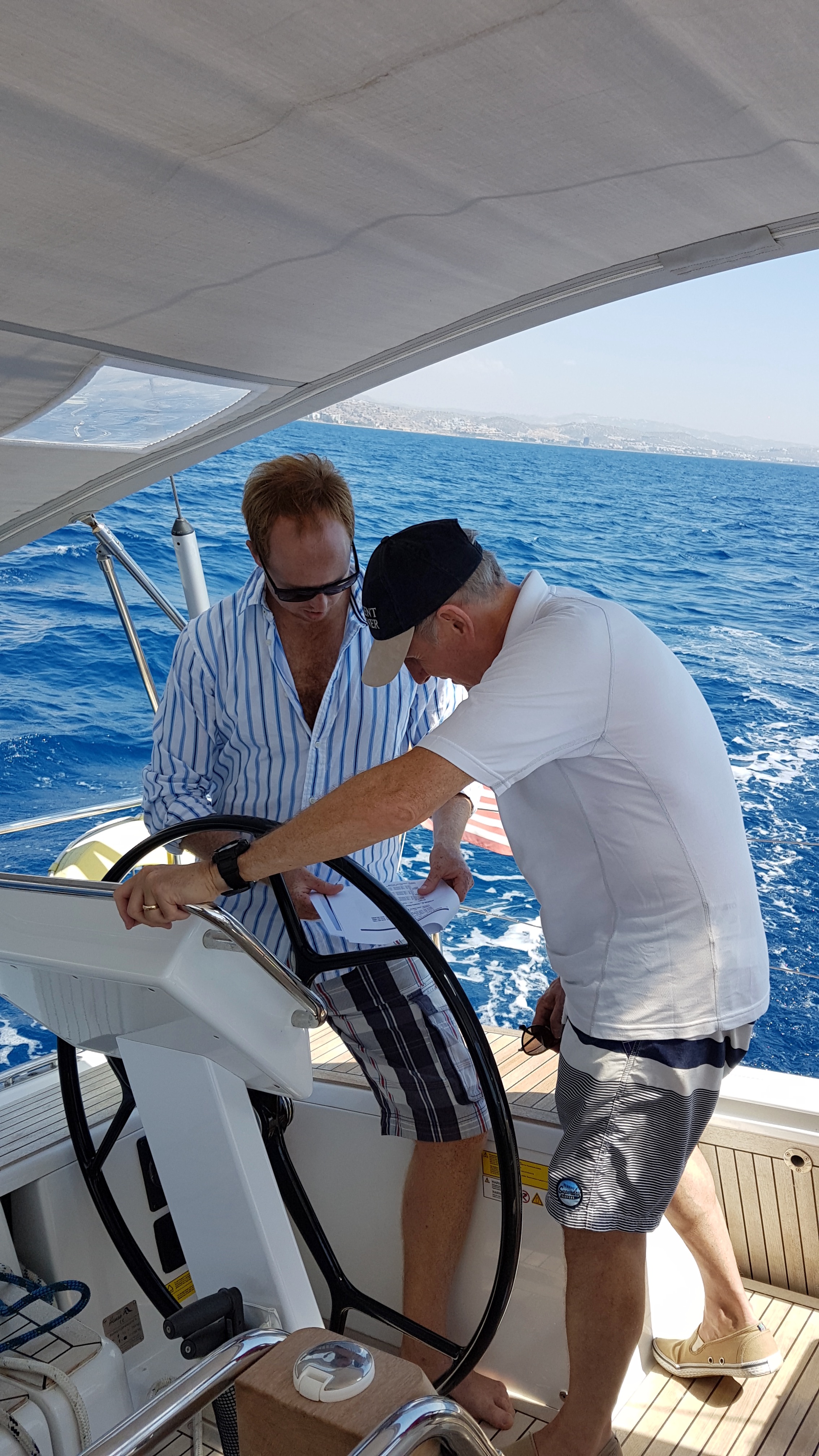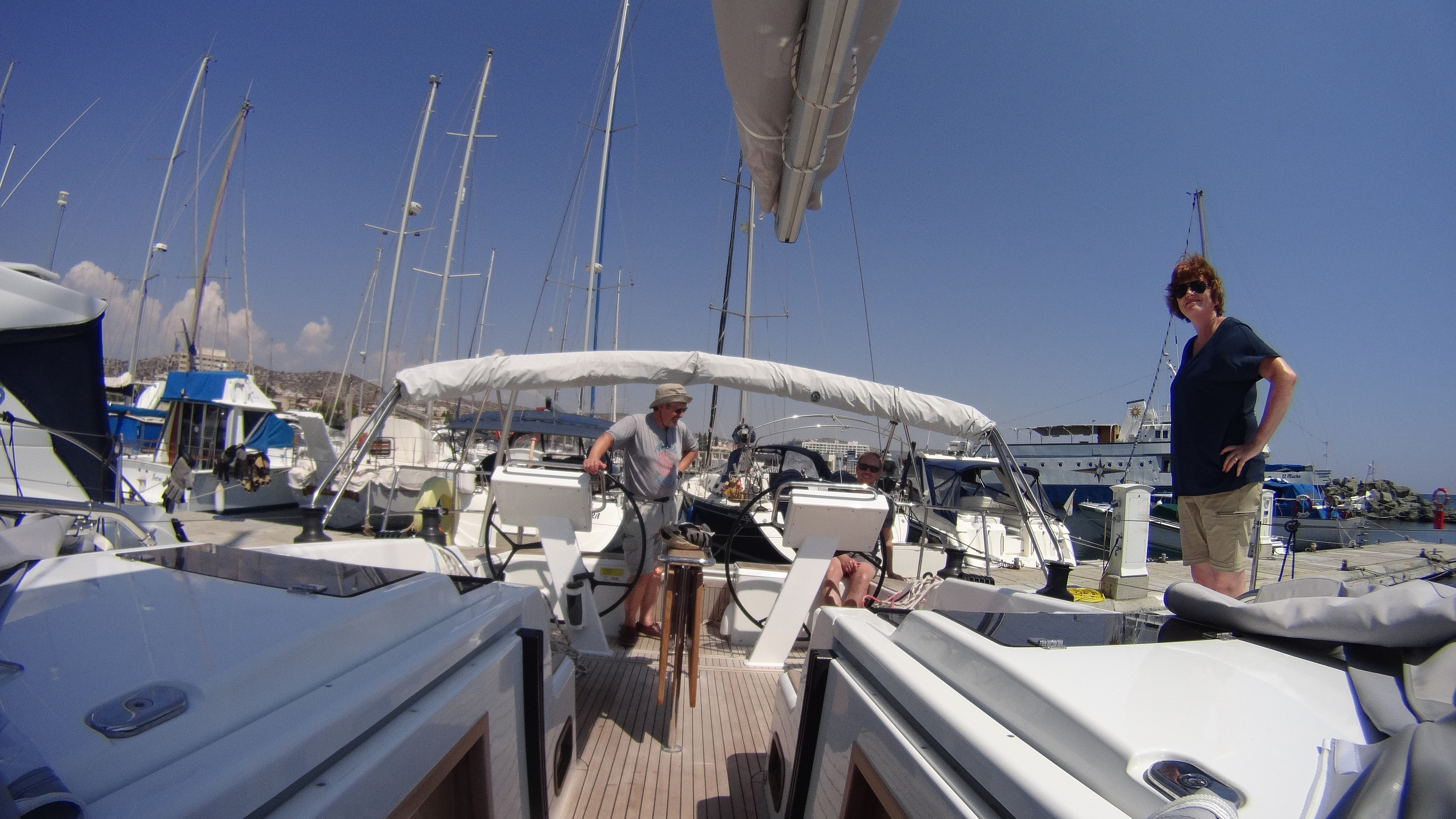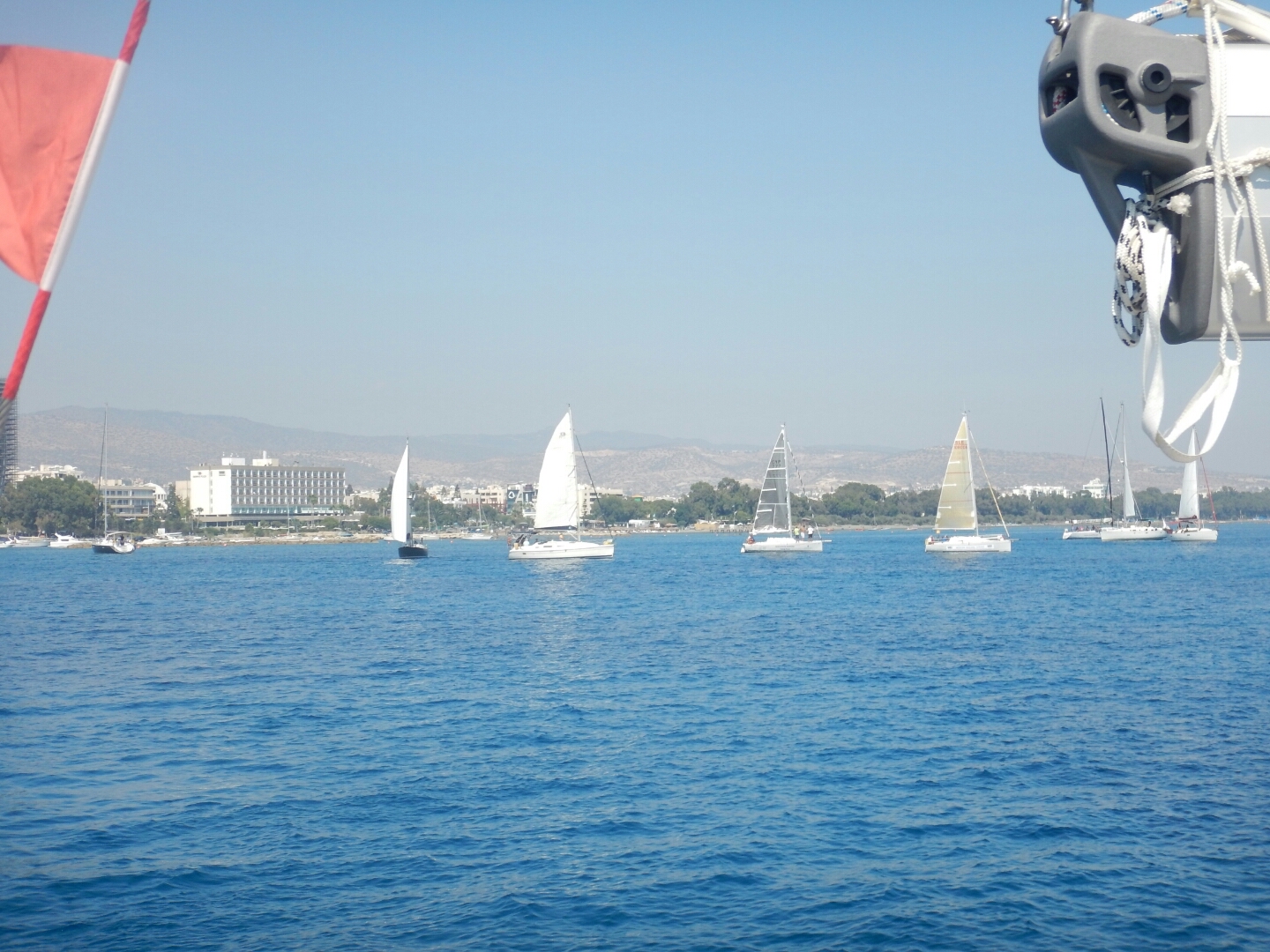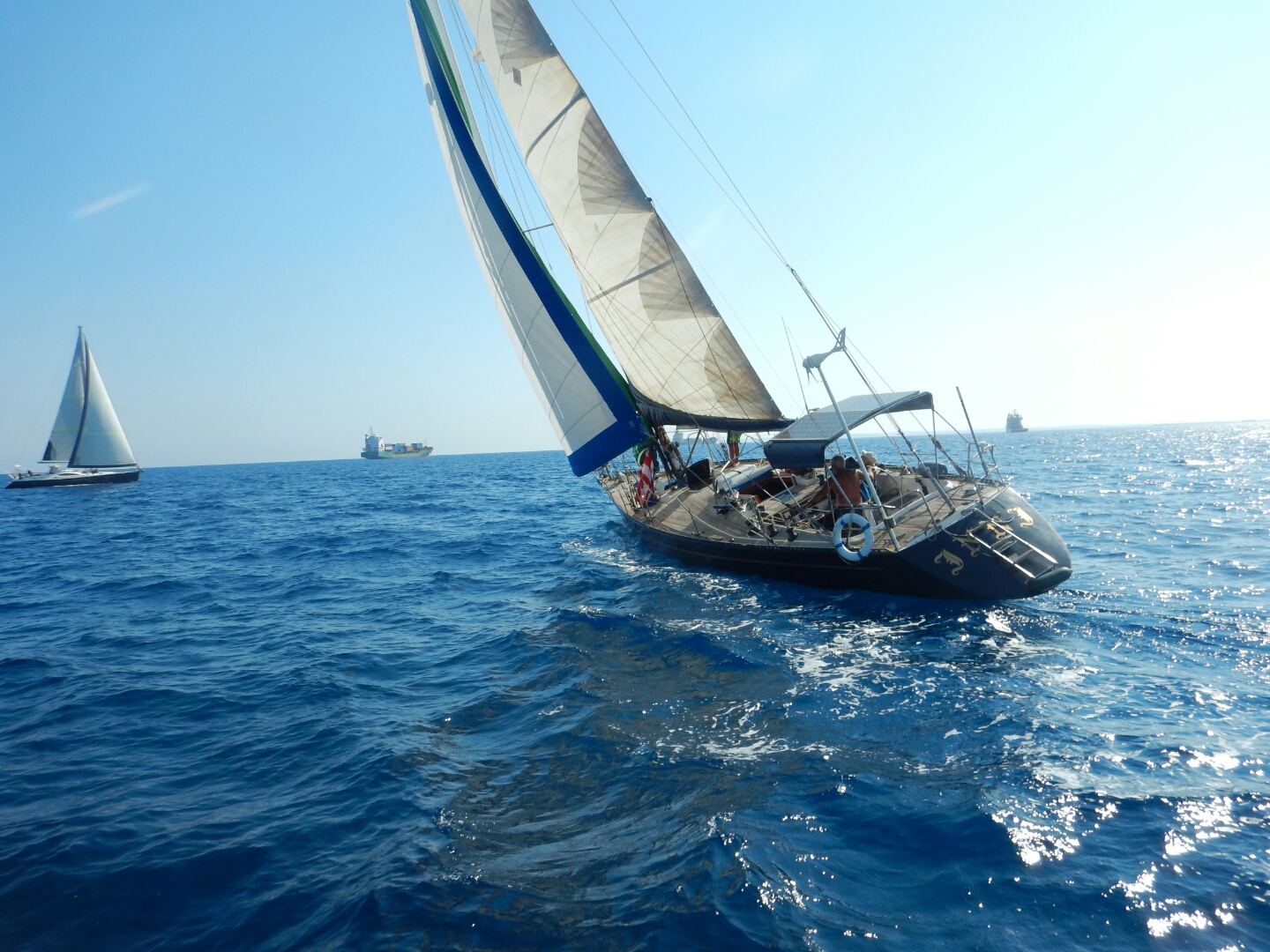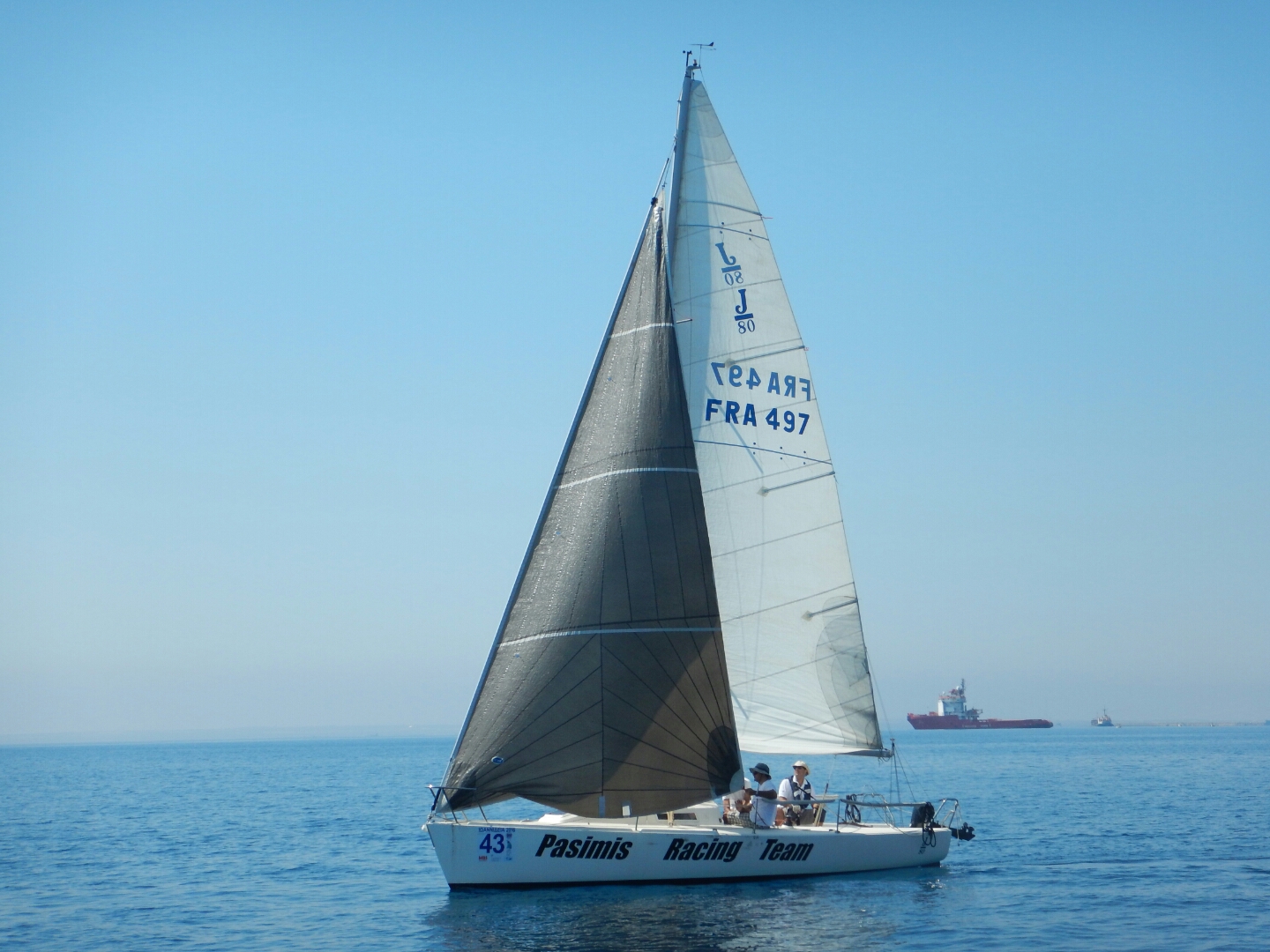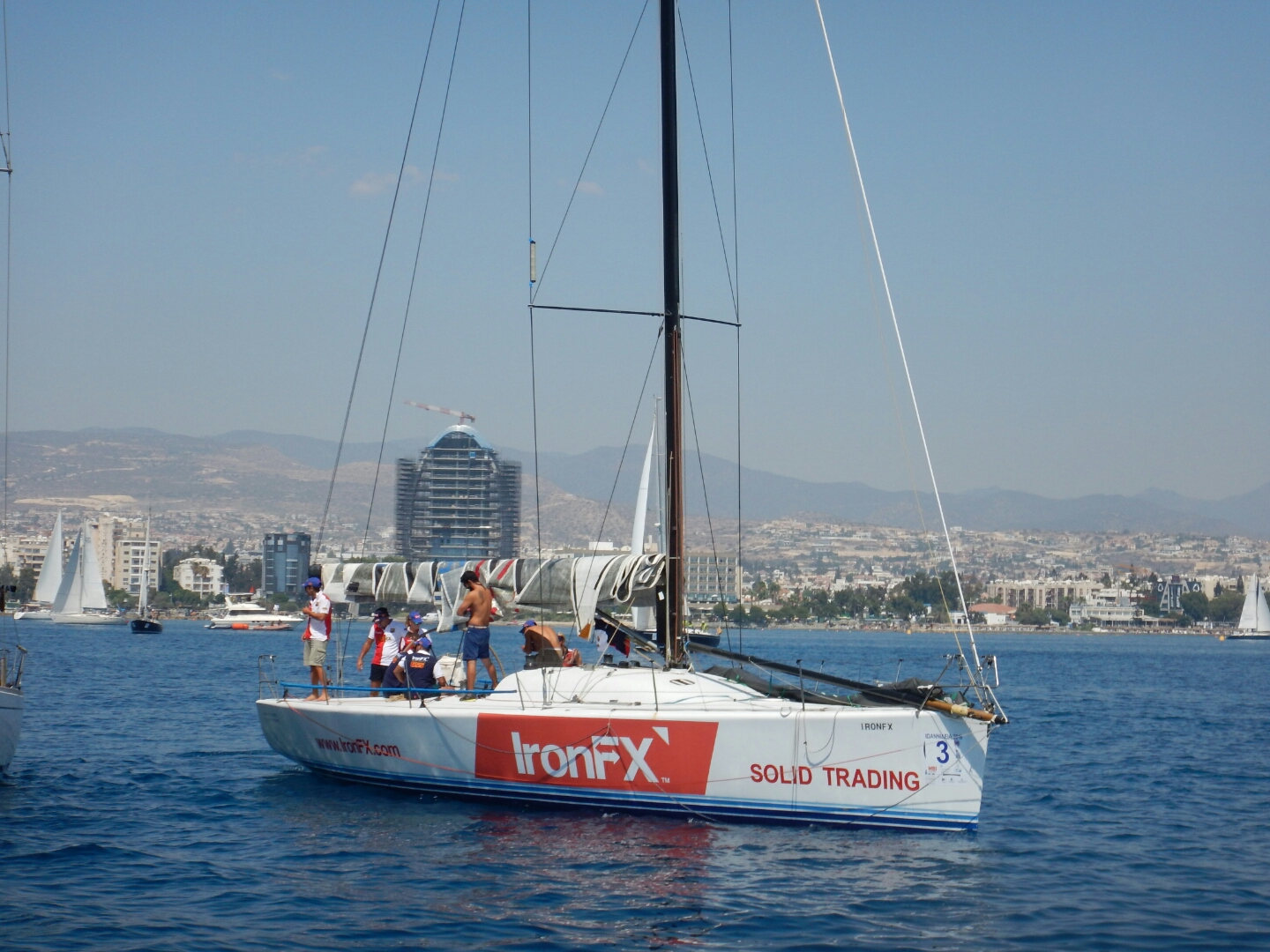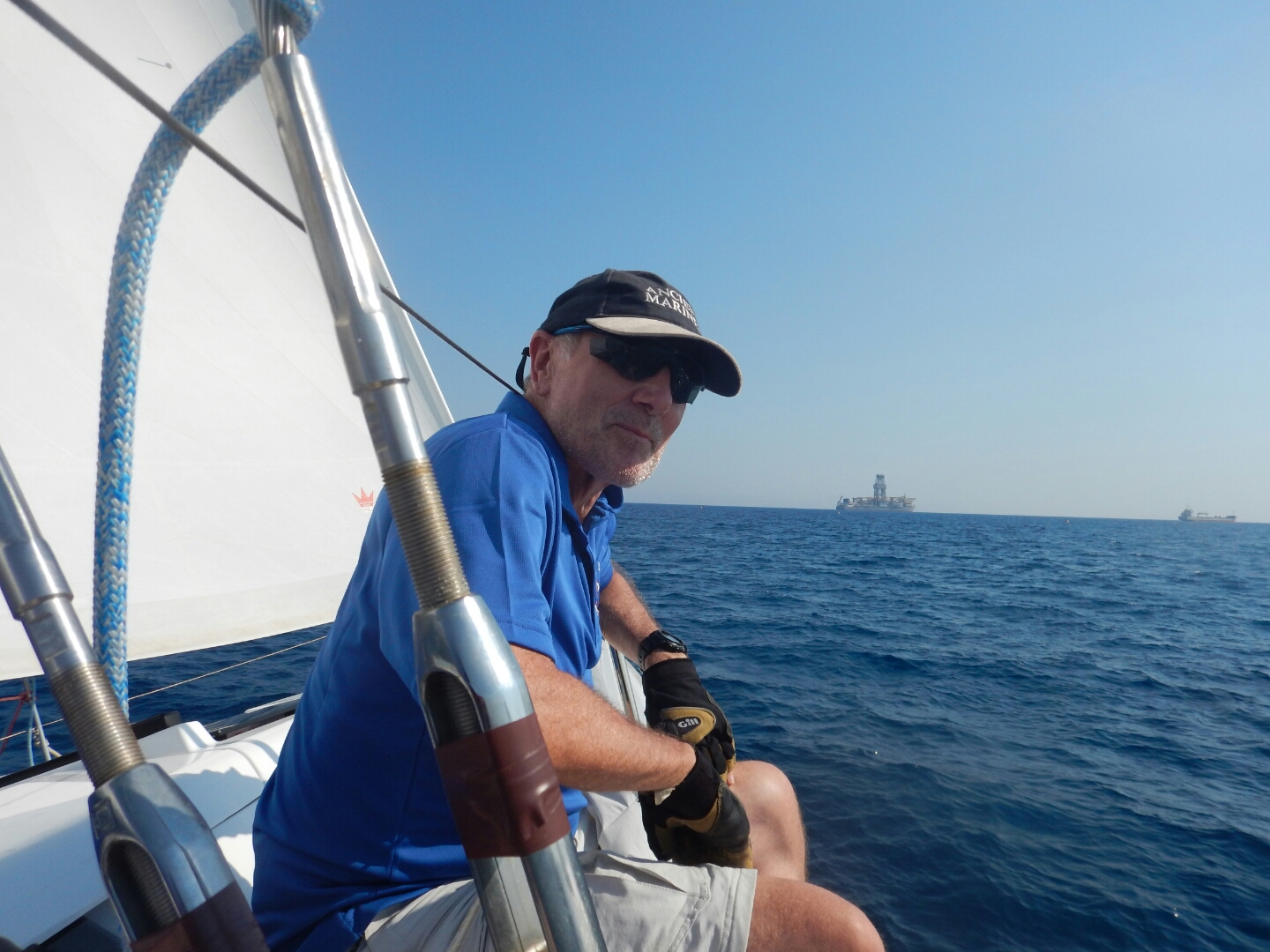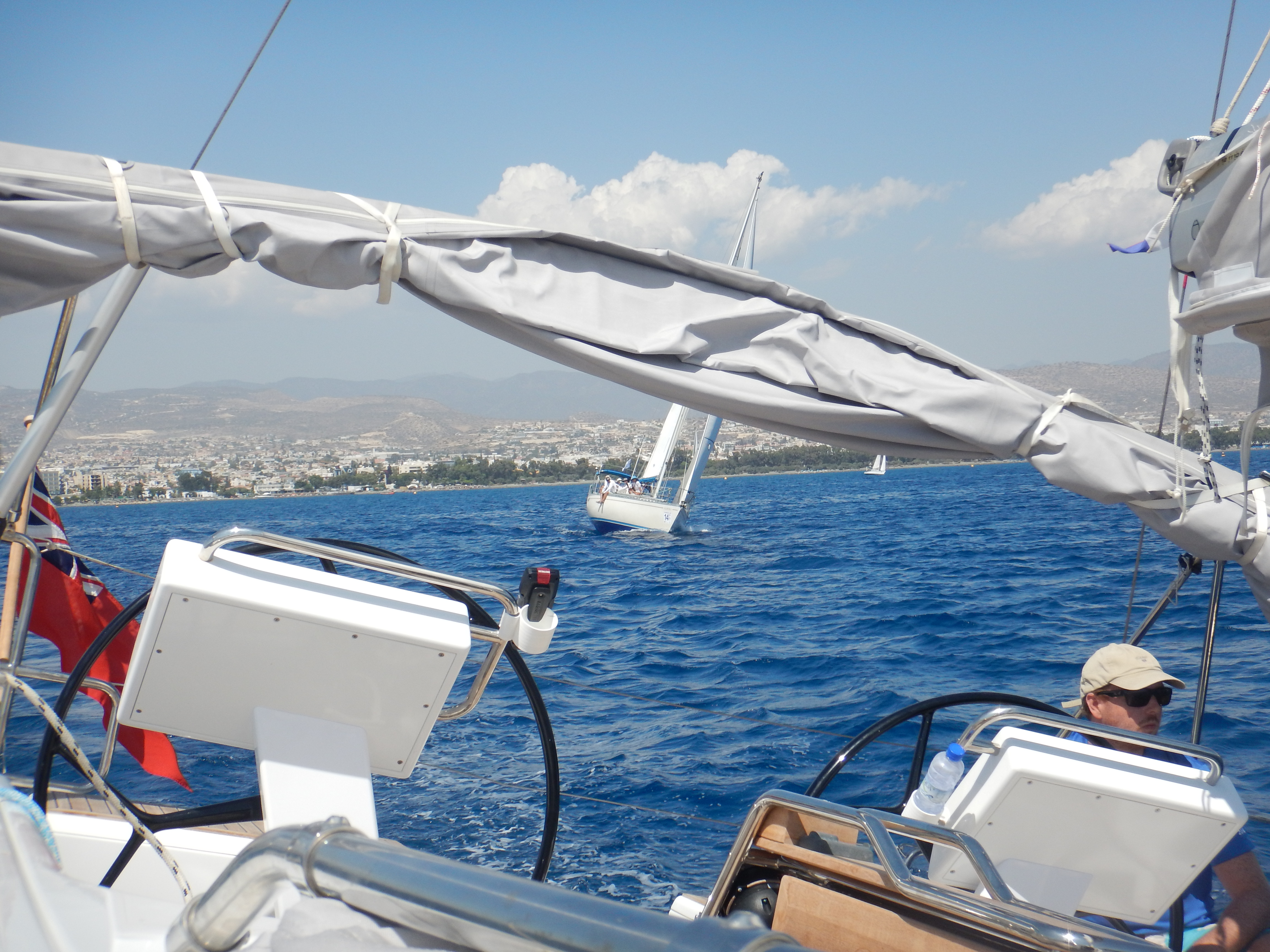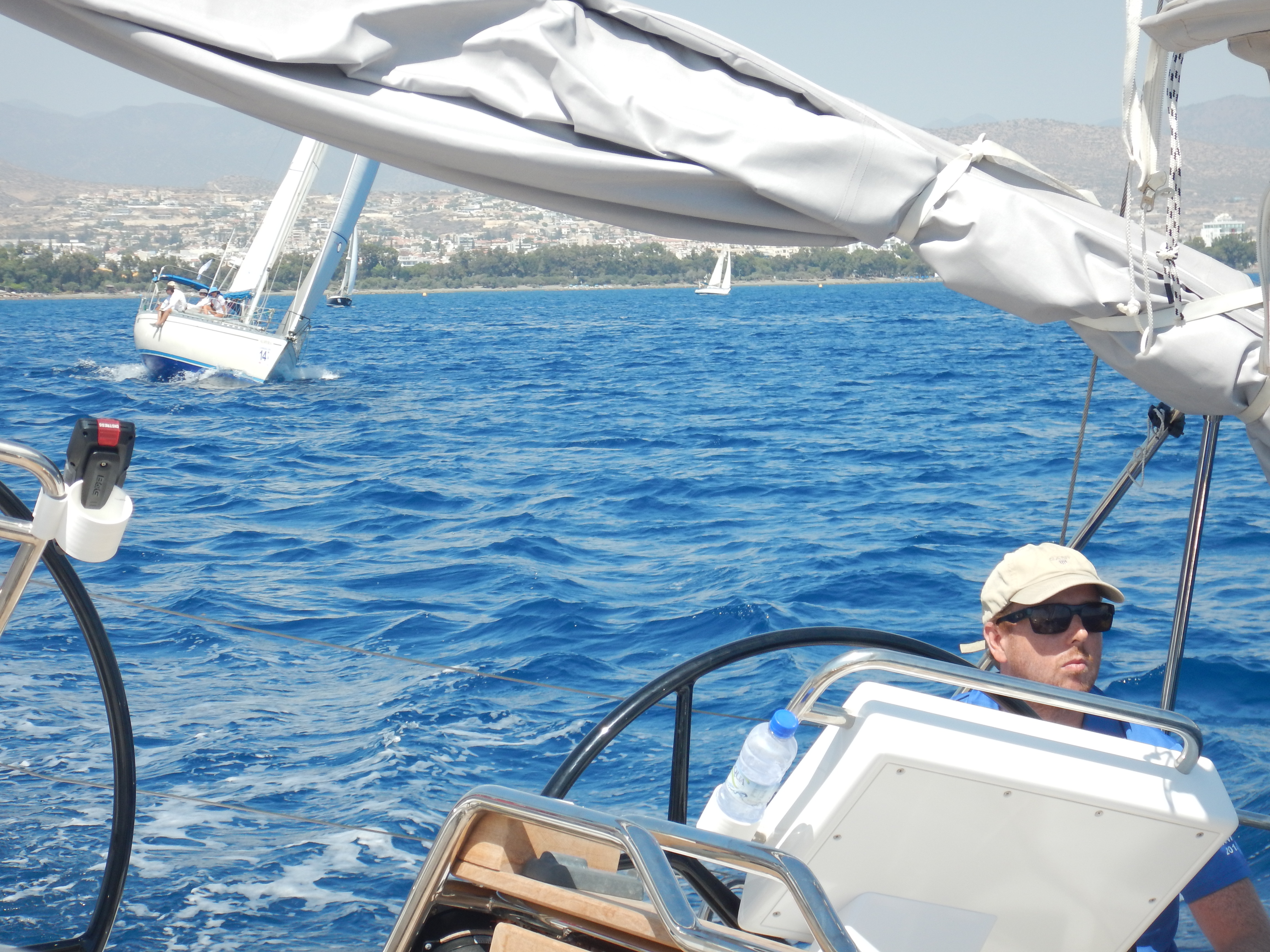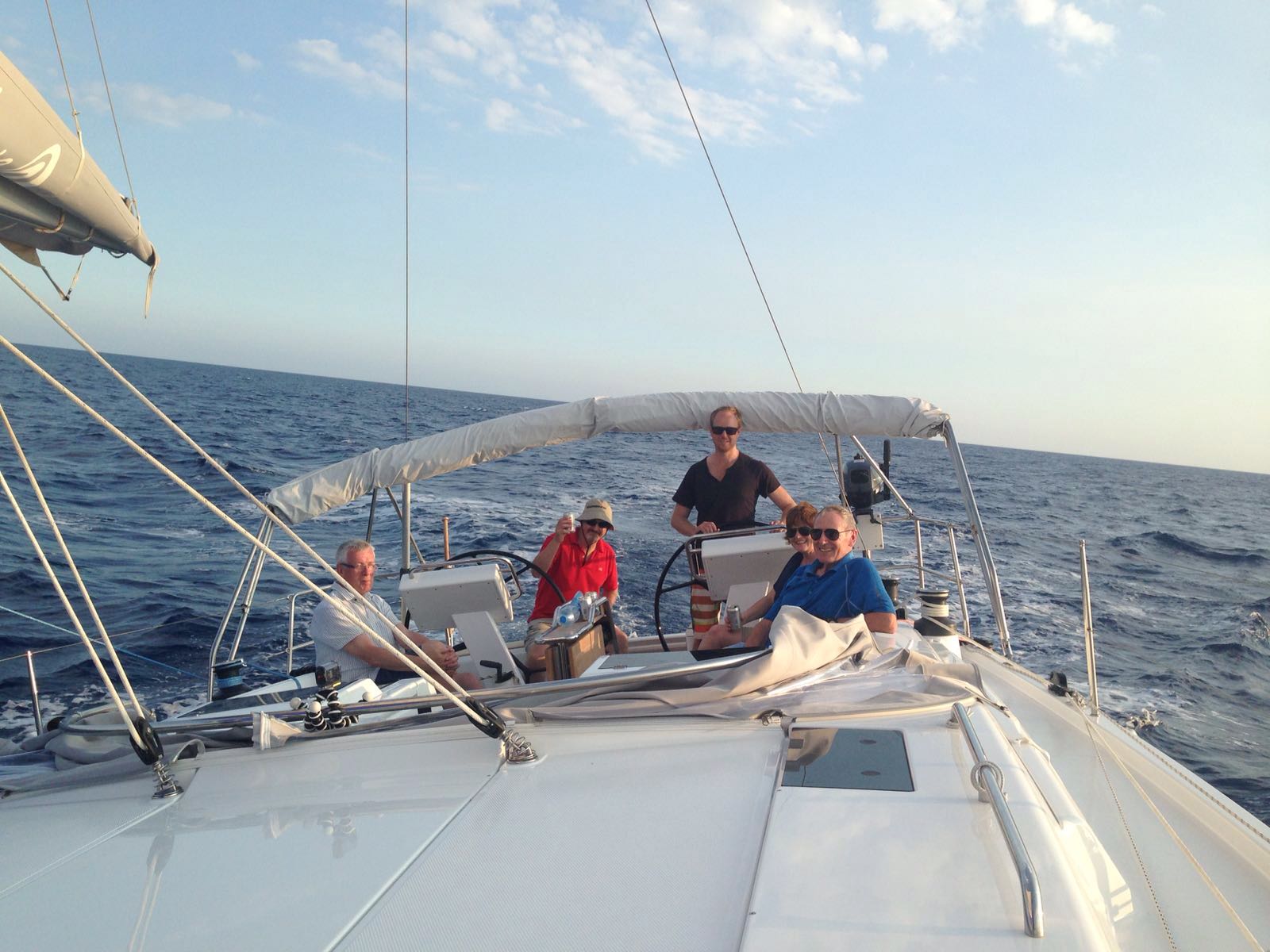I think I mentioned previously that Joan and I had moved to Puglia, which is great and we have nearly completed the first phase of our house here. But of course Lothian Sky is sitting quietly in St Raphael in Cyprus. So the next adventure is to get her back to Italy.
COVID – 19
Everybody has their own stories about the virus. I don’t think ours were very exceptional. We got back to Italy in the first week in January both nursing coughs which we put down to our annual Christmas visit to the UK. Our neighbours were also coughing and we don’t know if that was the virus or not. Anyway within a month Italy was in total lockdown and we were stuck in our apartment. We could only get out for the pharmacist or food. Strange times.
Fortunately, the perimeter of our balcony measures about 50 meters so we were able to have a 2k run twice a week which at least kept us a bit active. We also bought some jigsaws and that shows you just how desperate we were!
“But what about the lonely Lothian Sky?” I hear you ask. The plan was to move here in May and I had a crew all lined up but then came lockdown. I have not even seen the boat since October last year. The Lord only knows what condition she will be in when we eventually meet up again. The plan now is to try to make the trip starting 1st September, COVID permitting.
Crew
My usual first Mate, Ruth, will not be able to join us. Her excuse is that she is having a baby in October! Is that reasonable I ask myself? And of course to compound it all Nick, her husband, will also not be able to make it.

Good luck to both of you. I’ll be thinking of you both as we pass through the Corinth Canal!
However, it looks like I will have a crew of at least four for the whole trip. Alistair Cameron, stalwart of previous voyages mentioned in this blog, navigator extraordinaire for the Regatta, and all round great sailor, will be with us for the whole trip. Our good friends Jan and Ben Cooper in Cyprus mentioned it to Jan’s brother John Dixon and it looks like he and his friend will also be able to join us for the whole trip. John is a trans-Atlantic sailor so he would be a great addition to the crew.
I have put the word out for anybody else who might be interested in a cheap Aegean adventure post-COVID. All are welcome and we can arrange for people to join the boat at various points along the route.
So that’s sorted inshallah ………. but there are a couple of little problems yet to be overcome.
Problem 1
Getting into Cyprus from Italy. Cyprus has done really well in controlling the pandemic and obviously they did not relish the thought of people coming from Italy to infest their island. So up until 1st July we in Italy were persona non grata. Now we are in Category B which allows us to go in provided we go through screening on entry So Joan and I can get into Cyprus and we will arrive there on 3rd August.
Problem 2
Getting into Cyprus from the UK. That is altogether a different kettle of fish. The UK is in Category C which, at the time of writing, means that people travelling from the UK will not be able to enter Cyprus unless they go into 14 days of quarantine. Clearly, for our purposes that is a big problem. I am hoping this will change when the situation is reviewed once again in August.
Problem 3
Getting into Greece from Cyprus. The Greeks also have done a great job containing the virus and have very clear rules regarding entry. If we all manage to get into Cyprus my understanding is that there should not be a problem getting into Rhodes. As always when sailing between countries, the trick is to make sure that you have all of the documents you might need and any that you think you might not. You just never know!
The Passage
I expect the trip to take about 14/15 days subject to weather. The Meltemi starts to subside in the Aegean during September so I am hoping for a fair passage. With a bit of luck we might even have some easterlies to help us on our way.

Following in the path of Odysseus. Or at least from Rhodes onwards and we go through the Corinth Canal which in his days had not been built. It took him ten years to get home to Ithaca. I’m hoping to make better progress! I don’t know if the following link will work, but if it does you can get a visual impression of the journey. You should be able to zoom in and out and you can cross-reference with the chart above.
https://boating.page.link/Ajkcazd78Vnbb7r58
Preparations
As always the most important player in the piece is the Lothian Sky. She has been sleeping in her berth for nearly a year and we will have to make sure she is up and ready for the next adventure. I think she could probably sail this passage on her own, certainly Cyprus to Rhodes as she has already done that four times. That leg is the most testing, involving 48 hours of straight sailing.
When I get to Cyprus we need to haul her out, clean off her bottom and make any obvious repairs. Henry, the Regatta skipper (see previous posts), thought he noticed a split in her rudder the last time he was under the keel. So that needs attention. Then we need the usual servicing of the engine and the outboard, have a look at the rigging and the condition of the sails, sheets, ropes and lines. Probably take her out for a test run to check out the navigation instruments. Then we are off!
More to follow when we get to Limassol…………



